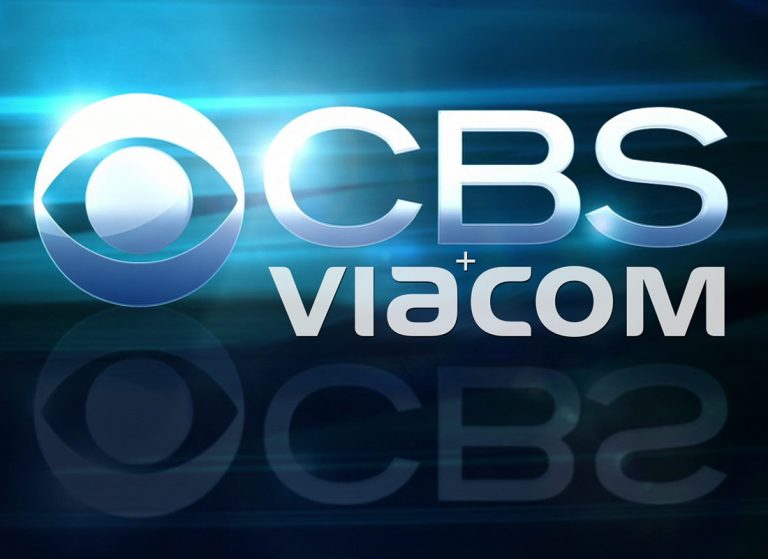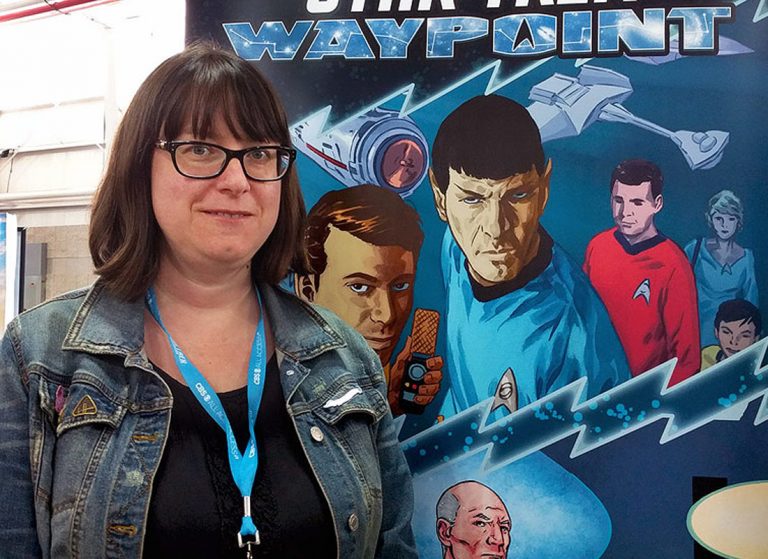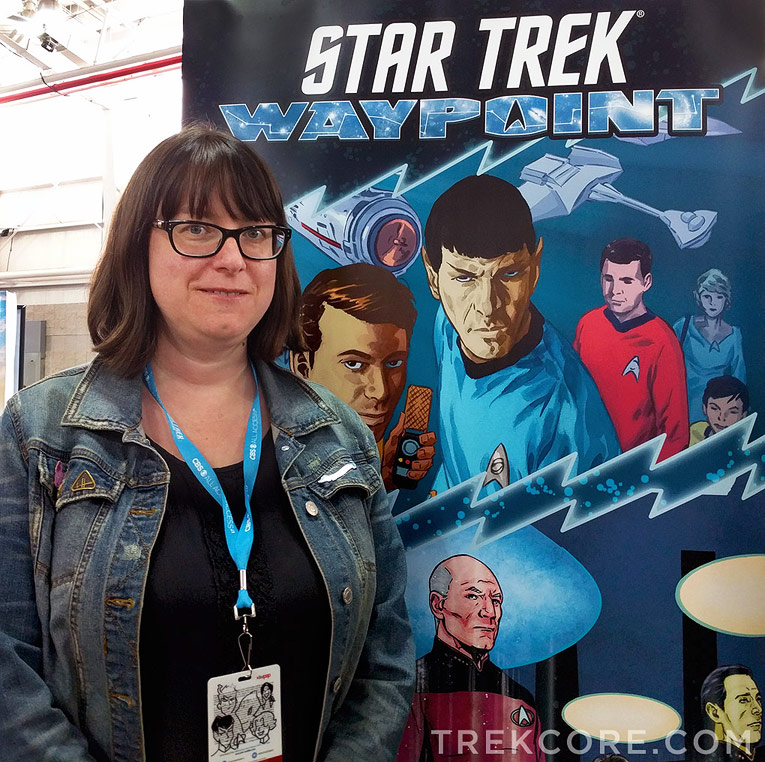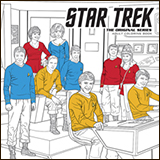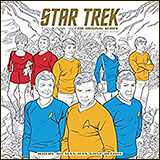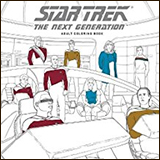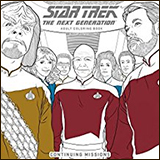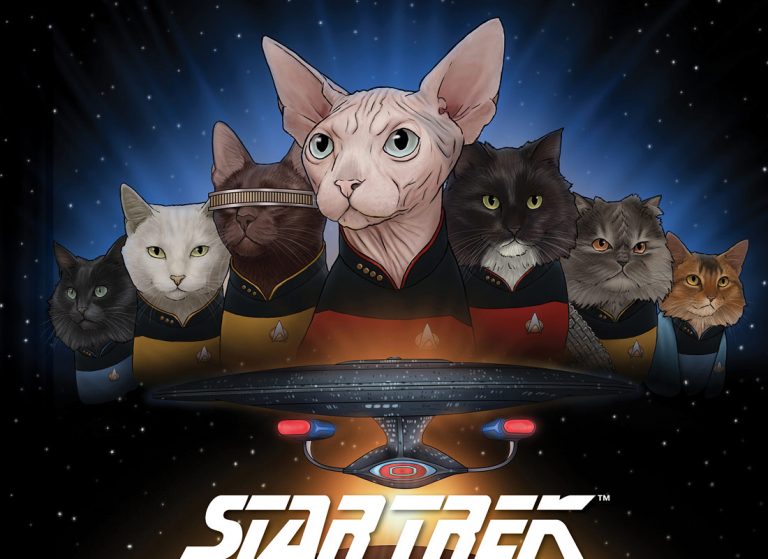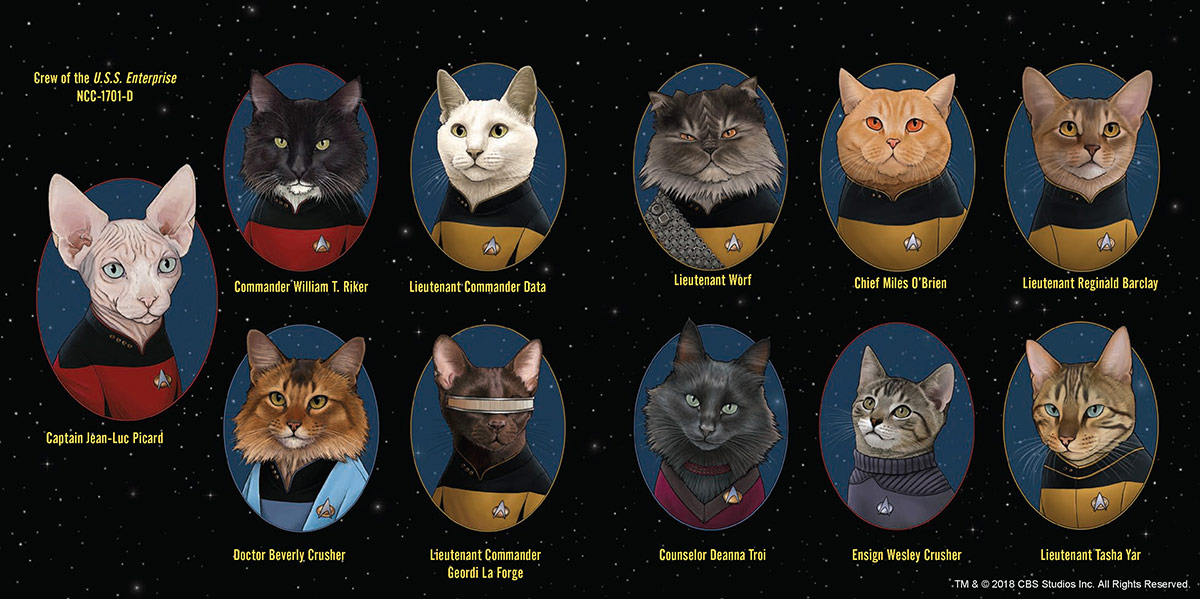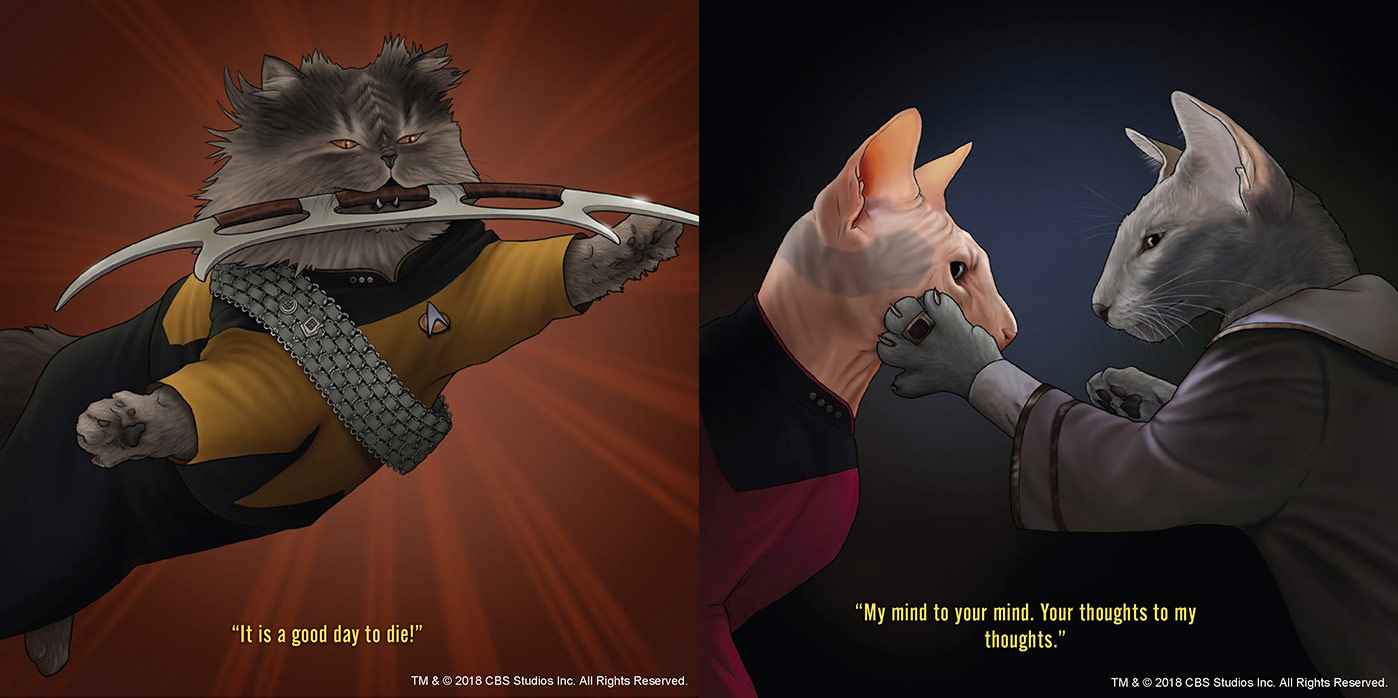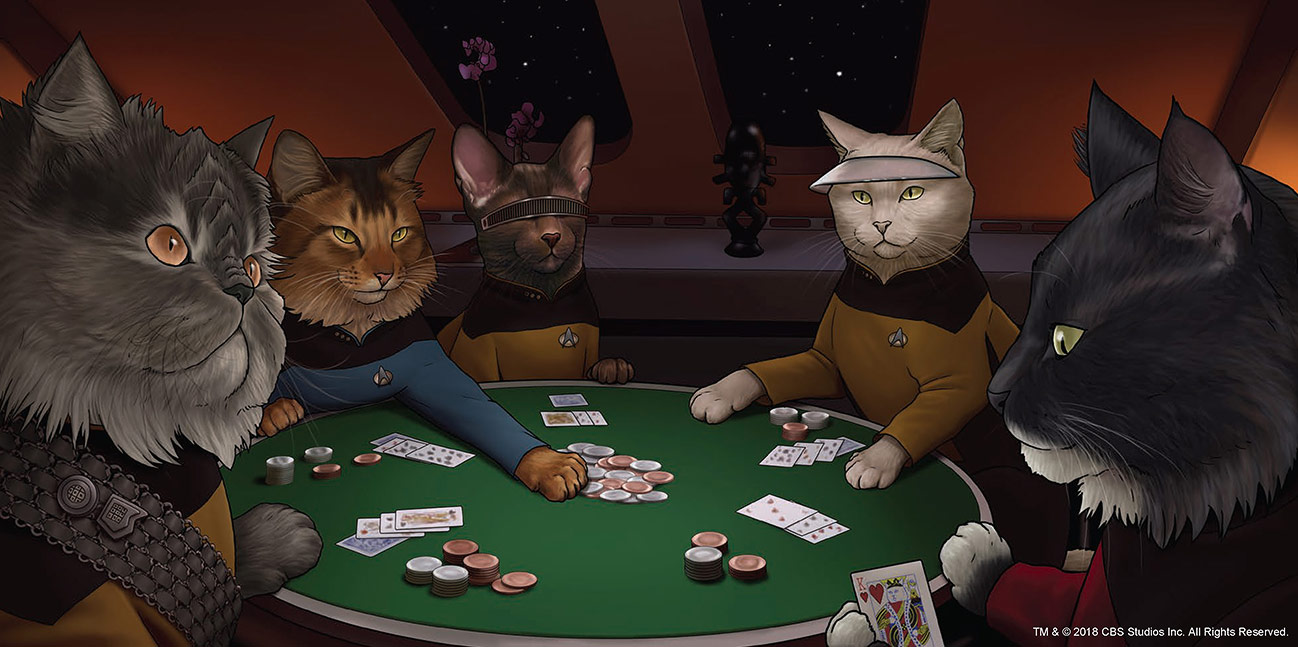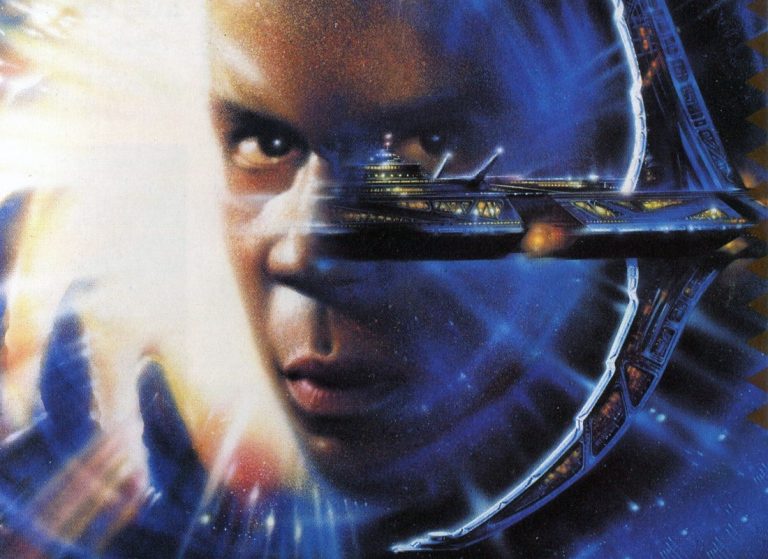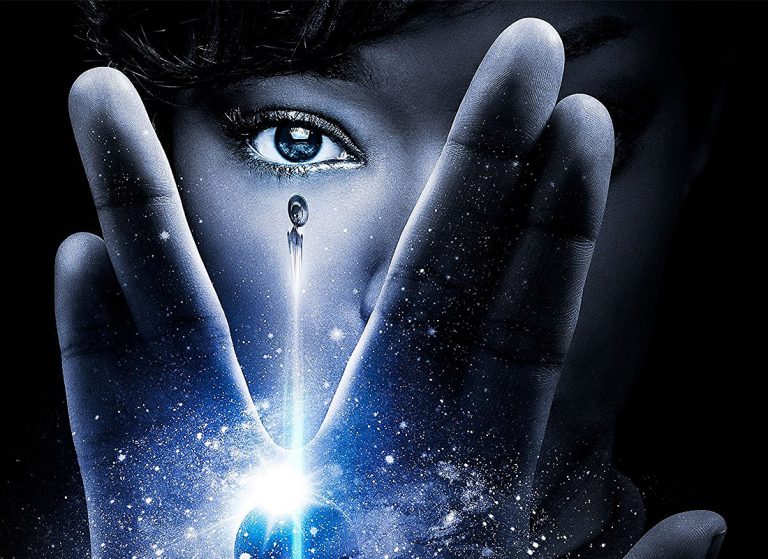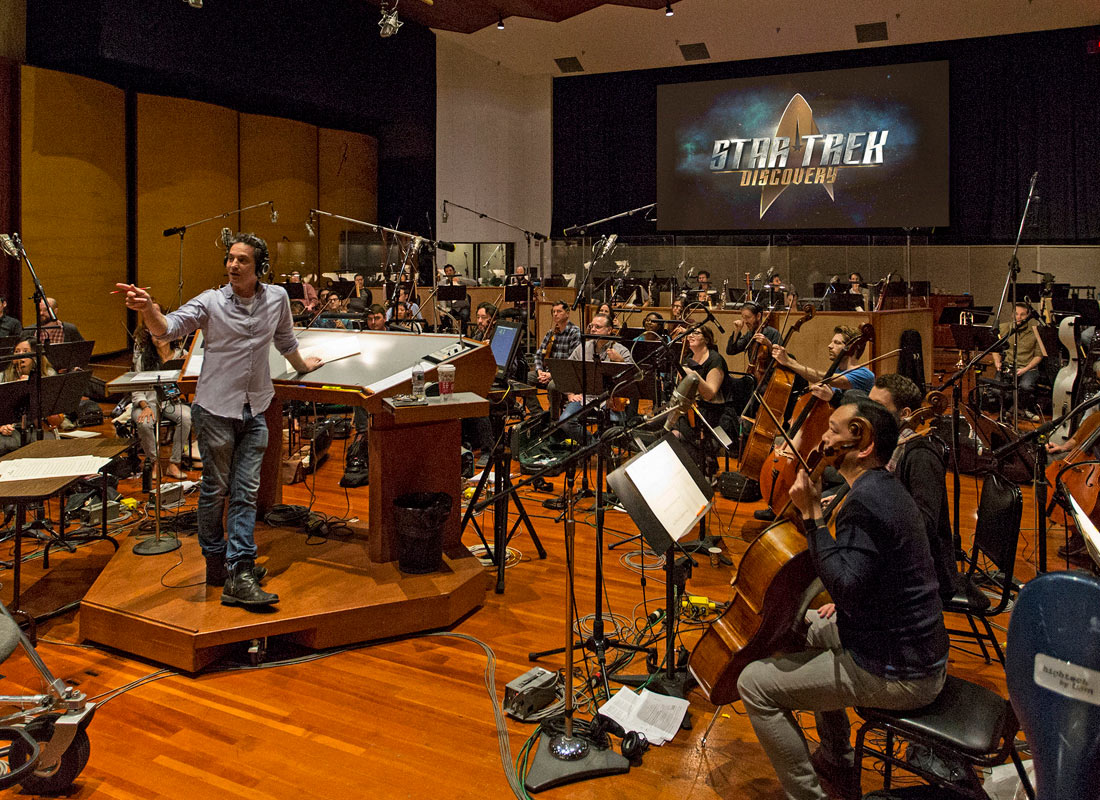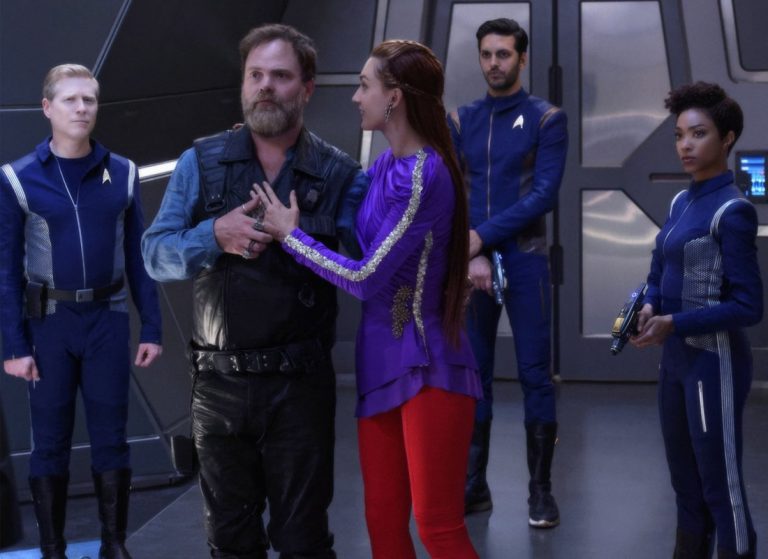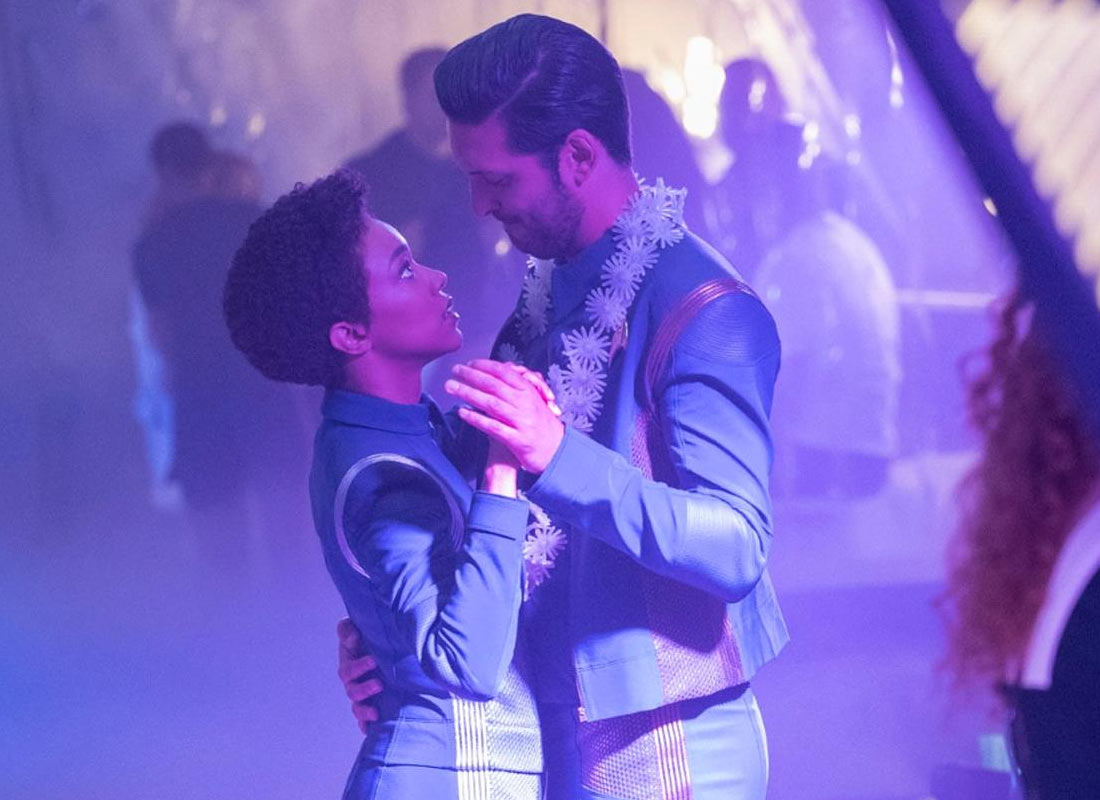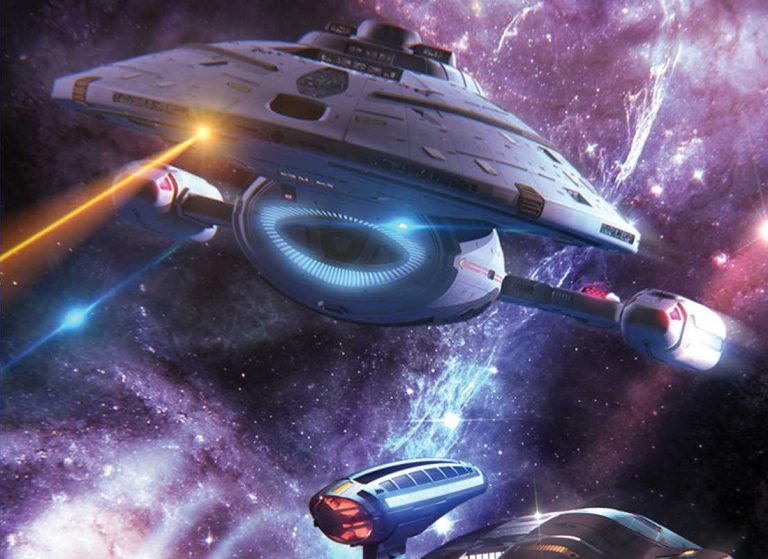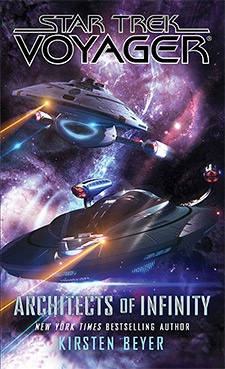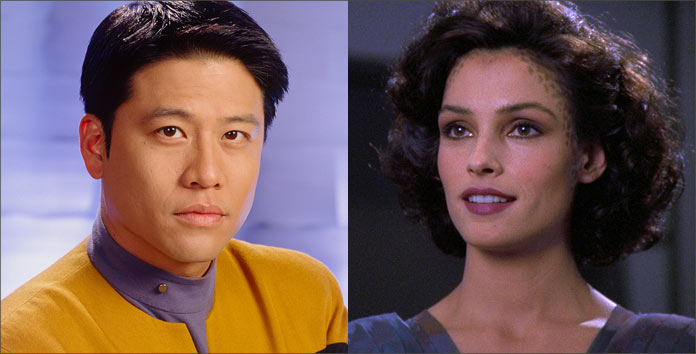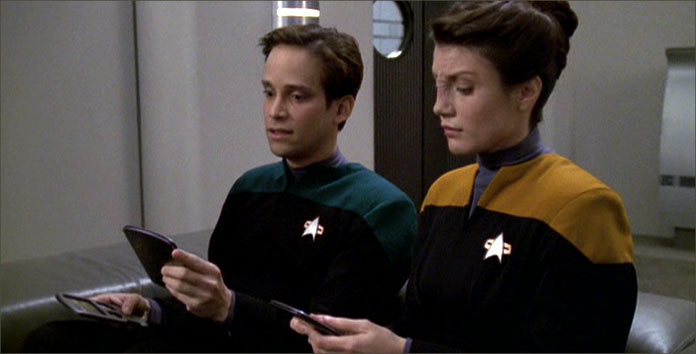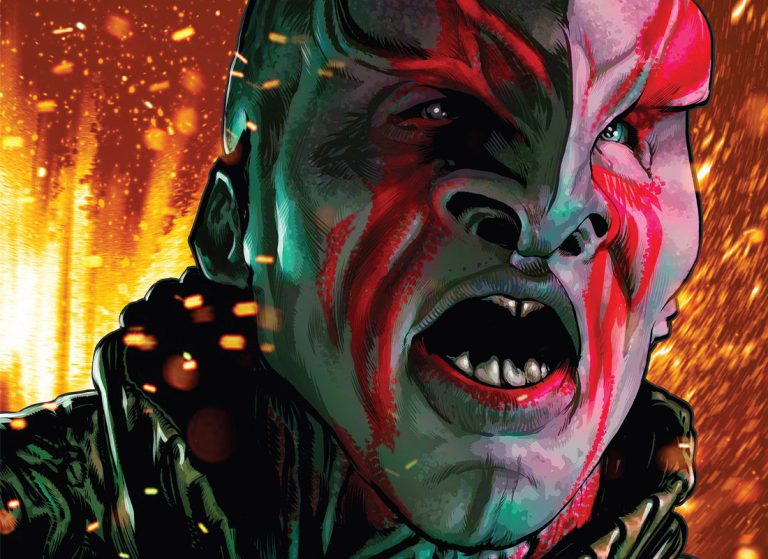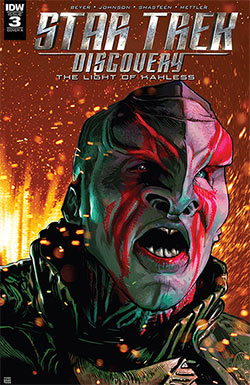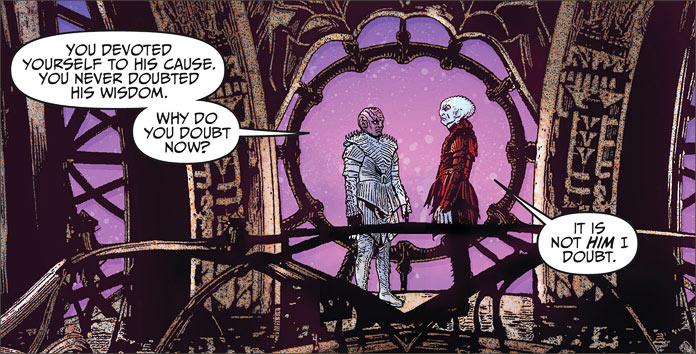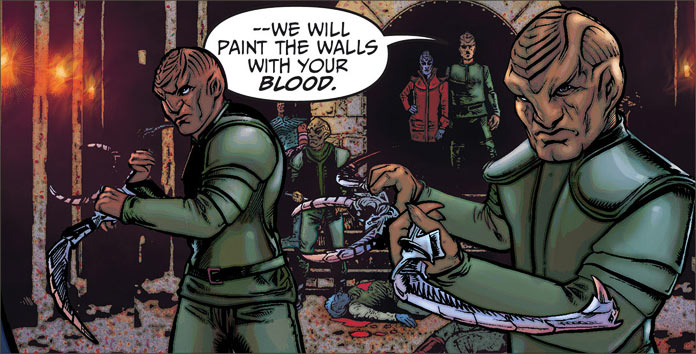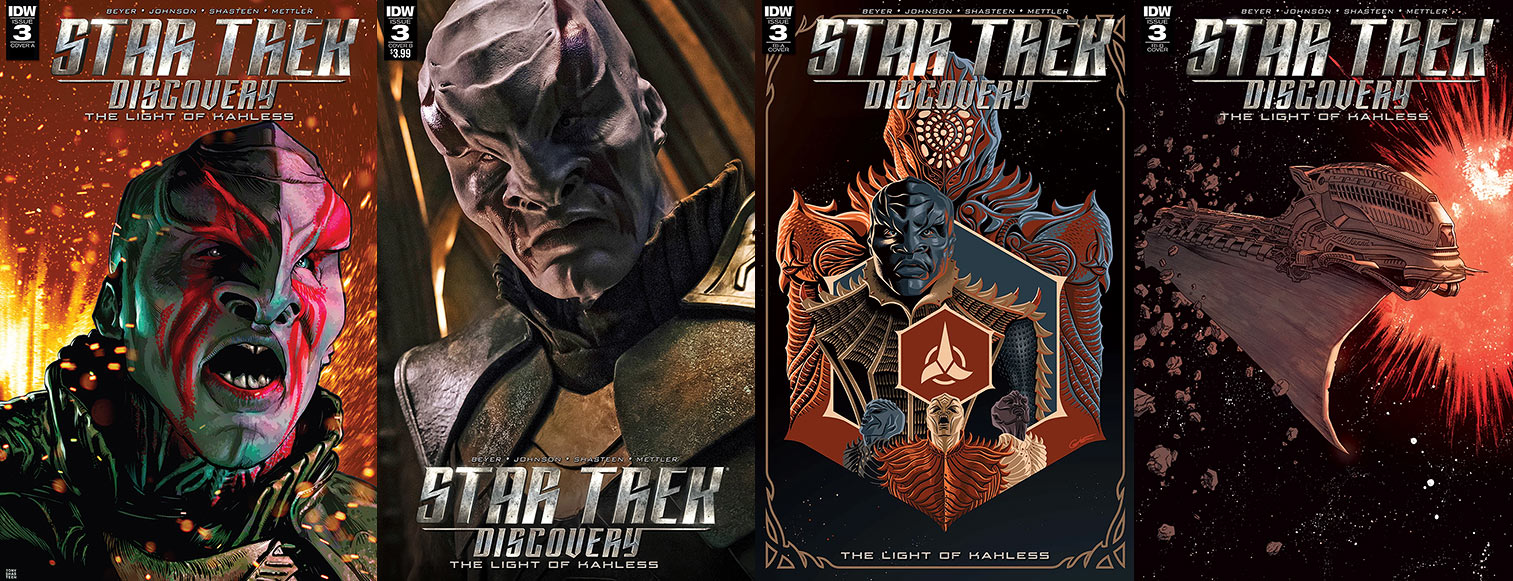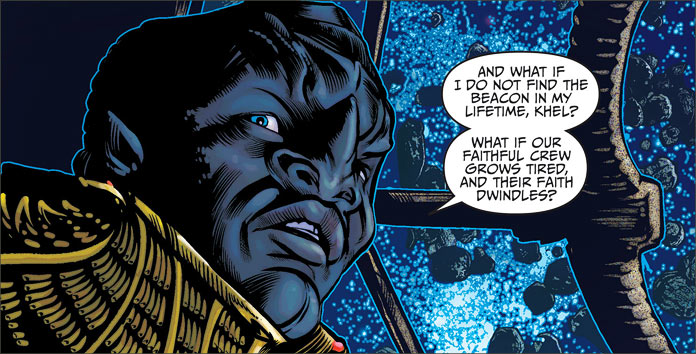Eaglemoss’ latest Star Trek shuttlecraft model collection debuted in late October, bringing four more of the franchise’s smallest space vessels to collectors — this time, all from the world of Trek feature films! We took a look at their first shuttle set last year, and their second collection in January, and today we dig into the next four-ship series, featuring on craft from Star Trek: The Motion Picture, Star Trek: Insurrection, and the often-ignored Star Trek: Nemesis.
Like previous shuttle collections, this set includes four Starfleet auxiliary craft, measuring between about 1″ and 3″ in length, and each small model also includes a translucent plastic Okudagram detailing a technical cross-section of each ship, rendered in each shuttle’s era-specific design.
First up is a ship that also first appeared in The Motion Picture, Starfleet’s travel pod, which first brought Admiral Kirk over to the refit USS Enterprise at the beginning of that film. (It also appeared in recycled footage during Star Trek II, and served to bring Kirk’s crew up to the newly-christened Enterprise-A during the final moments of Star Trek IV.
This is one of the more unique shuttle designs in the Trek franchise, serving only as a courier between existing structures and ships in Federation space, and not intended for flight outside of a controlled area — since the entire rear section is a door meant to fit into an airlock!
Star Trek: Enterprise created their own predecessor ship to this pod, that series’ inspection pod, seen most notably in “Broken Bow.”
Next up is the tiny Starfleet work bee, the diminutive support craft which is often found operating around Starbases and other orbital stations. This ship made its first appearance in Star Trek: The Motion Picture, and was later seen in Star Trek II, Generations, hard at work around Deep Space 9, and a silver version later appeared in Star Trek: Nemesis during the Enterprise-E‘s final moments on screen.
This is an interesting little model, with – despite its measurements – large transparent windows that reveal an operator’s seat inside. Most of Eaglemoss’ other shuttle models have windows simply painted an opaque black, so it’s nice to see some additional detailing for a model of this size.
The bright goldenrod paint job really makes the work bee pop when it’s on display, a nice dash of color for a line of shuttles that usually are a somewhat-bland Starfleet beige.
The third member of this set is the Starfleet Type 11 shuttlecraft, which to date has only appeared once, in 1998’s Star Trek: Insurrection. Stationed aboard the Enterprise-E, the unnamed Type 11 shuttle was piloted by Captain Picard and Lt. Commander Worf to capture a malfunctioning Data aboard the Ba’ku homeworld.
I have to admit this model is really quite sleek, and well-represents the first shuttle of the Sovereign-class era. Since it debuted as a completely-digital model in the third Next Generation film, designer John Eaves was no longer bound by what could be built in the Star Trek model shop; the long, streamlined lines of the Enterprise-E certainly carry over to this ship.
The only really unusual part of this model are the warp nacelles, which for some reason were produced for this collection with a dark grey hull coloring rather than the standard white-beige that makes up the rest of the ship. While the sculpting and translucent red and blue plastic components look quite nice, the dark nacelle coloring kind of throws off the entire look of the ship.
It’s an odd choice on an otherwise faultless release.
The final ship that rounds out this set is the copper-toned Argo cargo shuttle which debuted in the final Next Generation movie, Star Trek: Nemesis. Mostly remembered for the ‘dune buggy’ vehicle it carries within, used for the less-than-successful ground chase sequence on Kolarus III, the Argo is the final shuttlecraft introduced (chronologically speaking, that is) in the prime Star Trek timeline in 2379.
The ship as seen in Nemesis featured movable wings for transitioning between spaceflight and atmospheric navigation, but like all of Eaglemoss’ ship models, this is a fixed-wing production that can’t be adjusted — which is something that I don’t mind, as when the wings are closed the Argo resembles the NX-01-era shuttlepod design stretched out for use in the 24th Century. The wings-down configuration presented here gives the ship a more unique profile among the 12 shuttles released so far.
The outer hull features a metallic copper-grey paint job which definitely adds to the singular look of this shuttle; with the majority of the Argo‘s screen time in Nemesis relegated to the harsh, overexposed scenes on Kolarus III, we never really got a good look at the shuttle’s coloring in the movie aside from its brief launch from the Enterprise-E.
The Argo also has some interesting color points around the front and rear of the integrated warp nacelles; there’s just a hint of red near the front of each side of the ship, but the rear features two bright blue drive assemblies that emulate the look of the ship from Nemesis fairly appropriately.
Aside from the nacelle coloring on the Type 11 shuttle, this set of ships is pretty much without any glaring issue or anything that is worth complaining about from a production standpoint.
The size of the work bee and travel pod, however, do deserve a bit of additional discussion. These both are really small models, barely 1.5″ in length — and while each are nicely detailed, the tiny sizes of each really seem like they should be paired together as a single release.
Just due to their small size, these two certainly don’t seem like they should be taking up half of the $99 price tag on this model collection. Maybe if the work bee had a cargo train behind it (as illustrated in the screencaps from the above gallery) it would feel more like a model worth the cost, since it would have a bit more heft to it. As it stands, this set does feel somewhat undeserved for the price point.
That being said, if you want to add this set to your personal collection, you can order it over at Eaglemoss’ site now (for $99 in the US, or for £75.00 in the UK). This isn’t the final shuttlecraft set that the company will be producing, but their all-Kelvin Timeline shuttle set, announced as the next release in the series, doesn’t have any scheduled date for release as of this writing.
Keep coming back to TrekCore for our coverage of the Official Starships Collection model series, as we next check out the unique concept model for the Star Trek: Phase II refit USS Enterprise!
![]()
In Eaglemoss’ US store, TrekCore readers can use promo code TREKCORE at checkout for 10% off any ‘Star Trek’ collectible purchase $60 or greater (some exclusions apply).


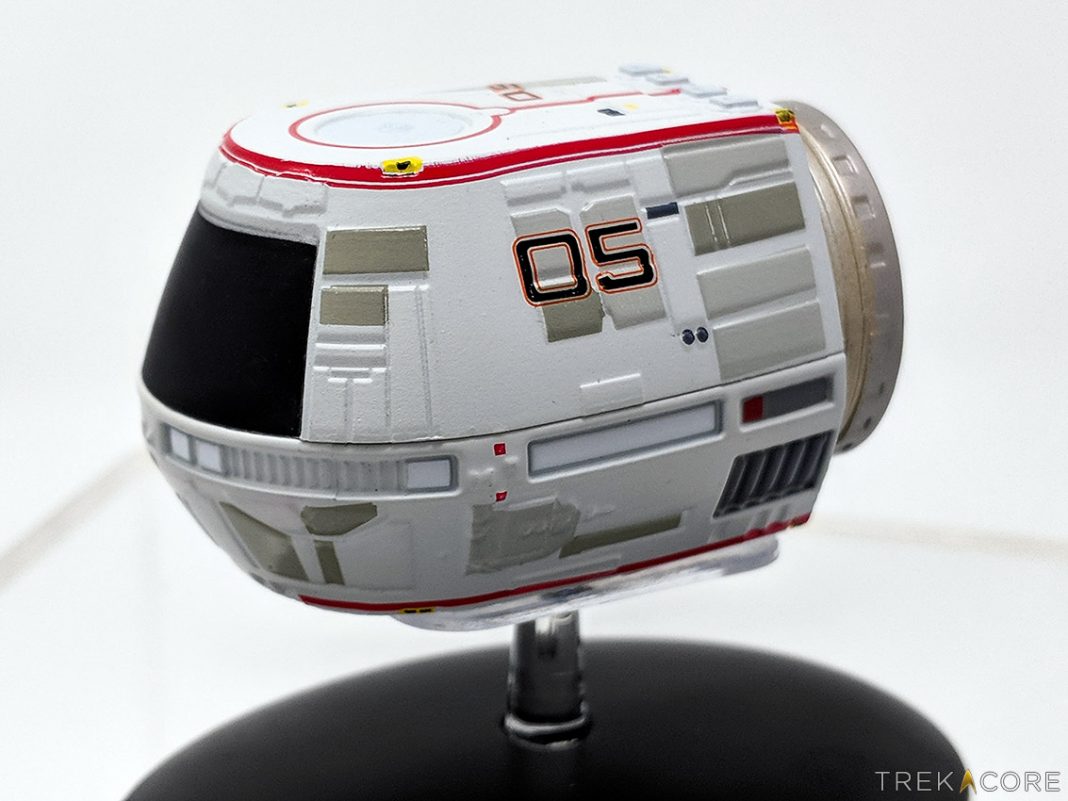
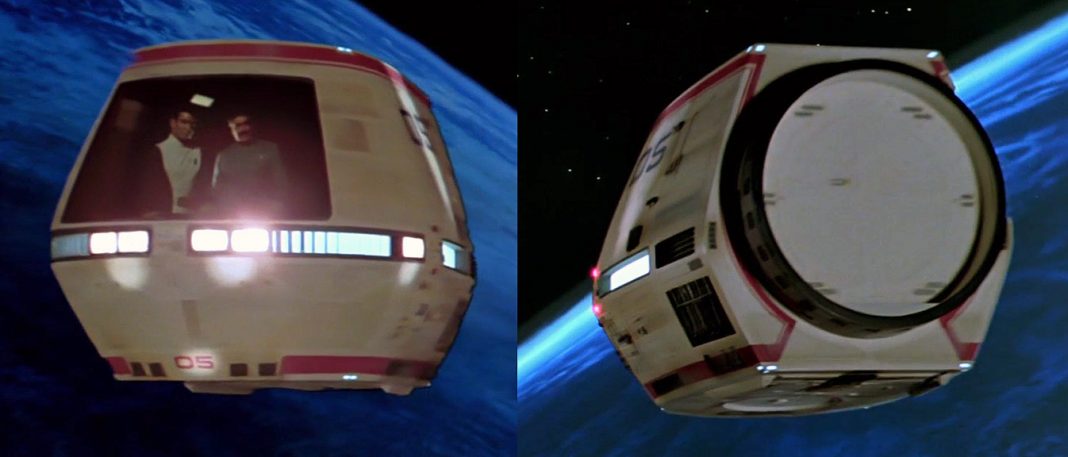
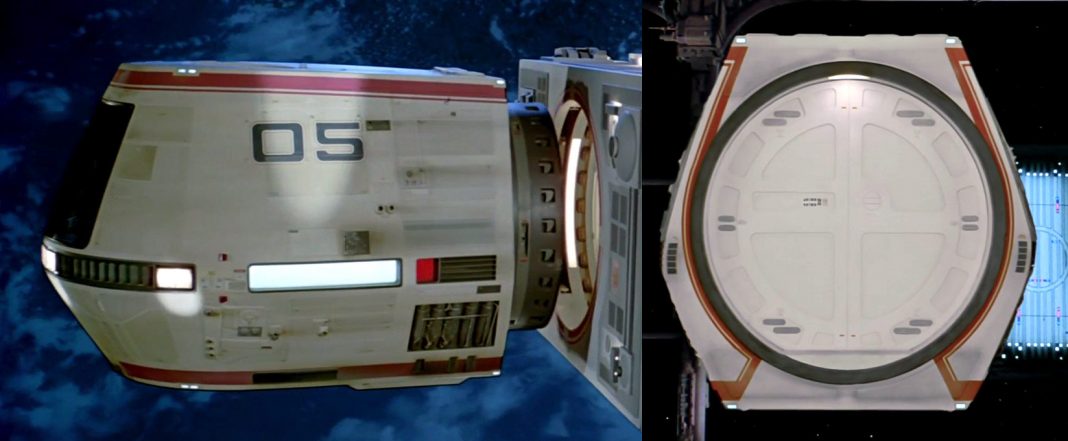
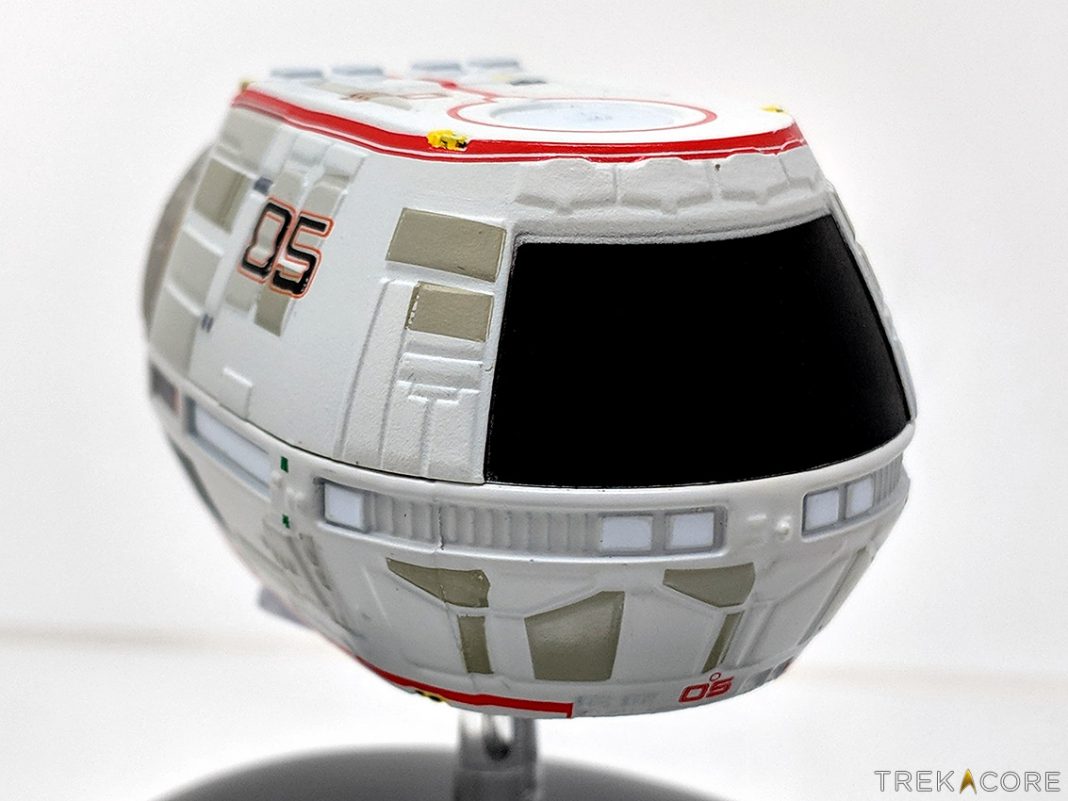
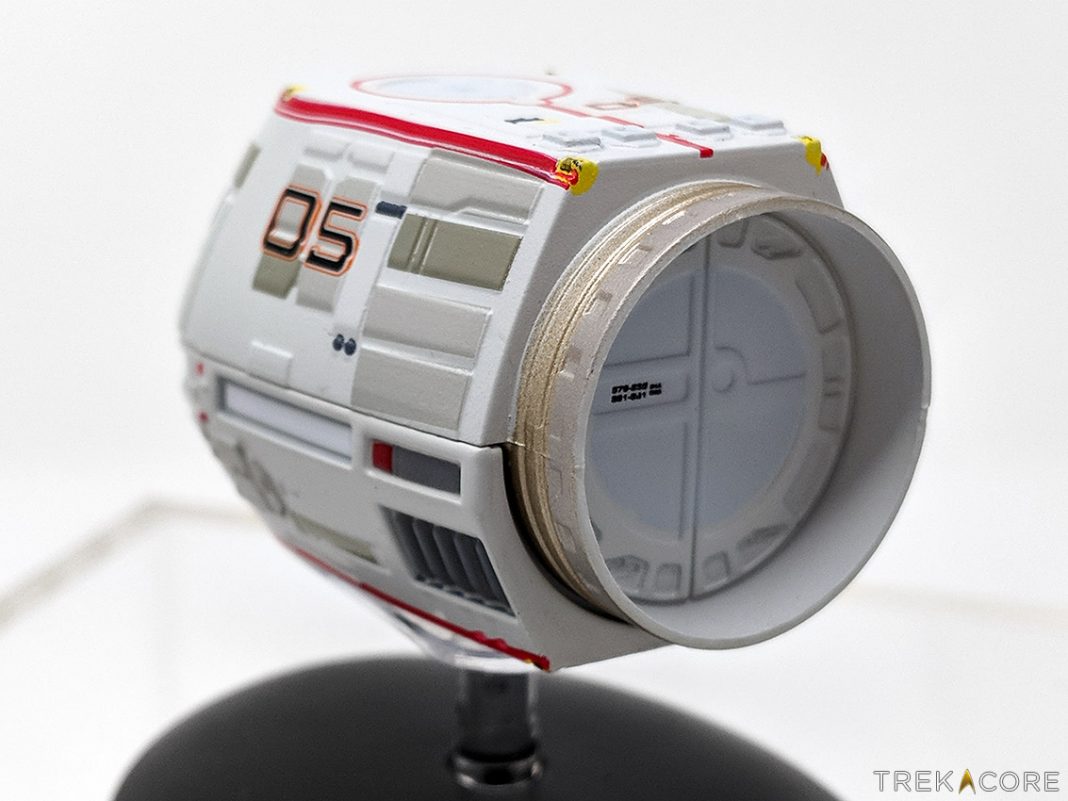

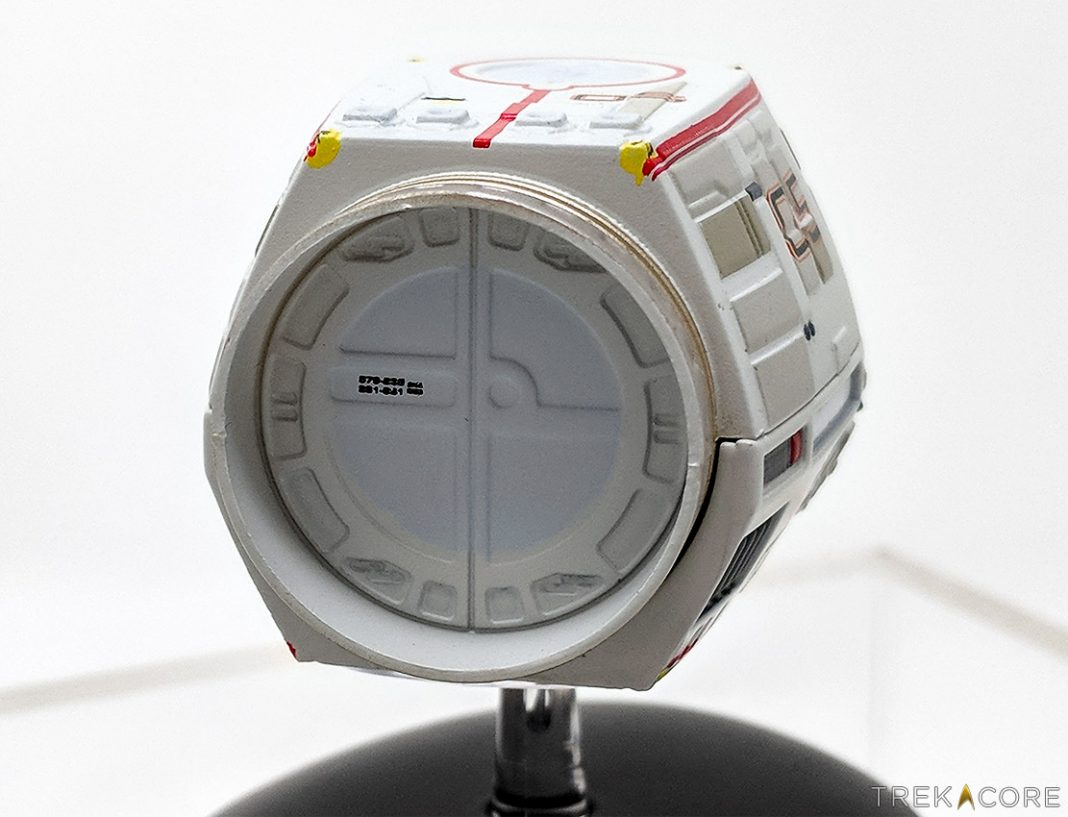
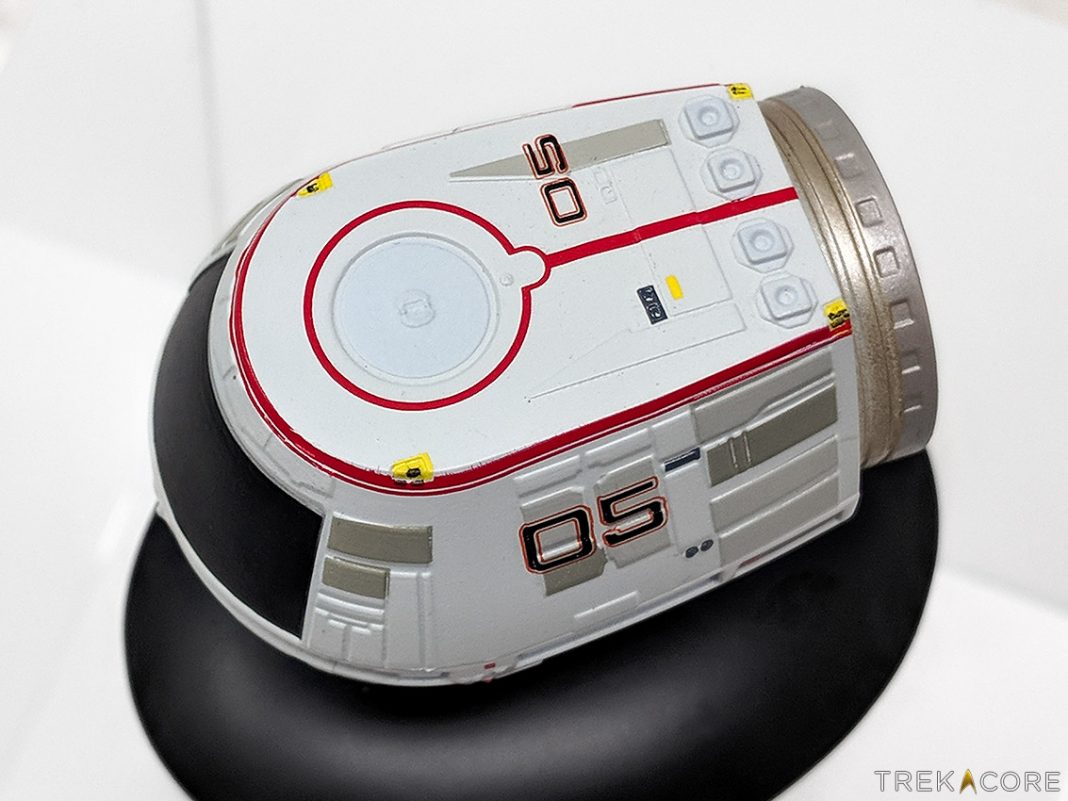
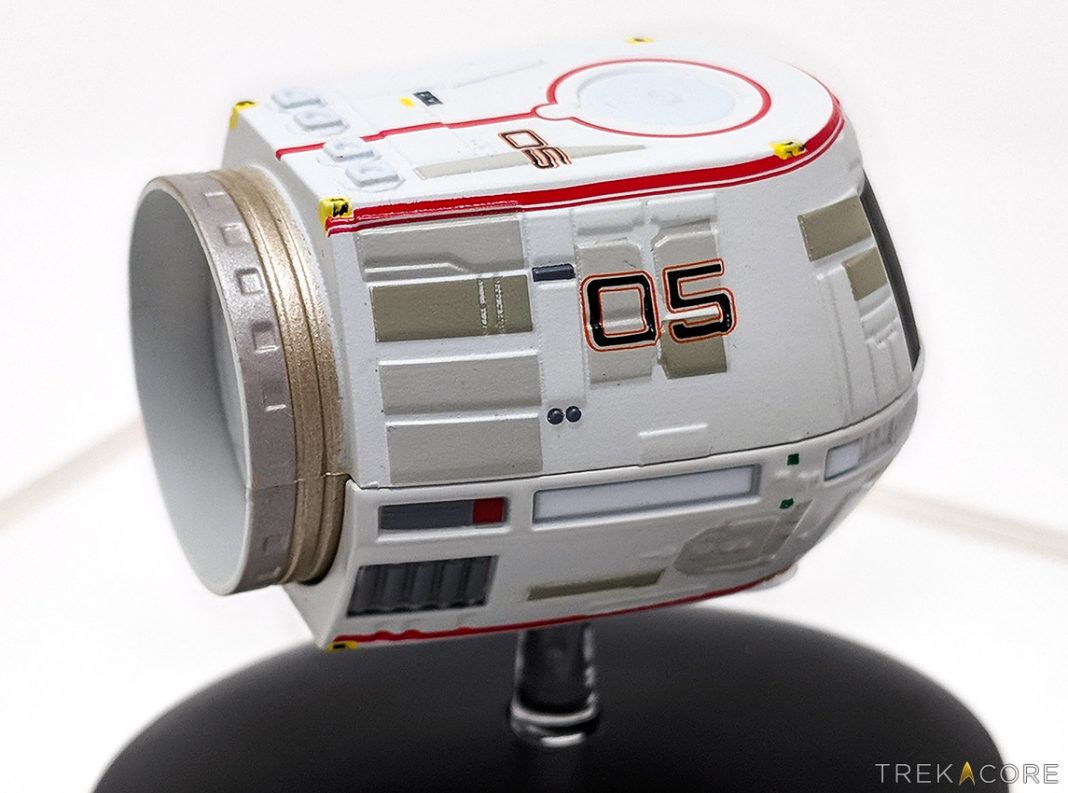

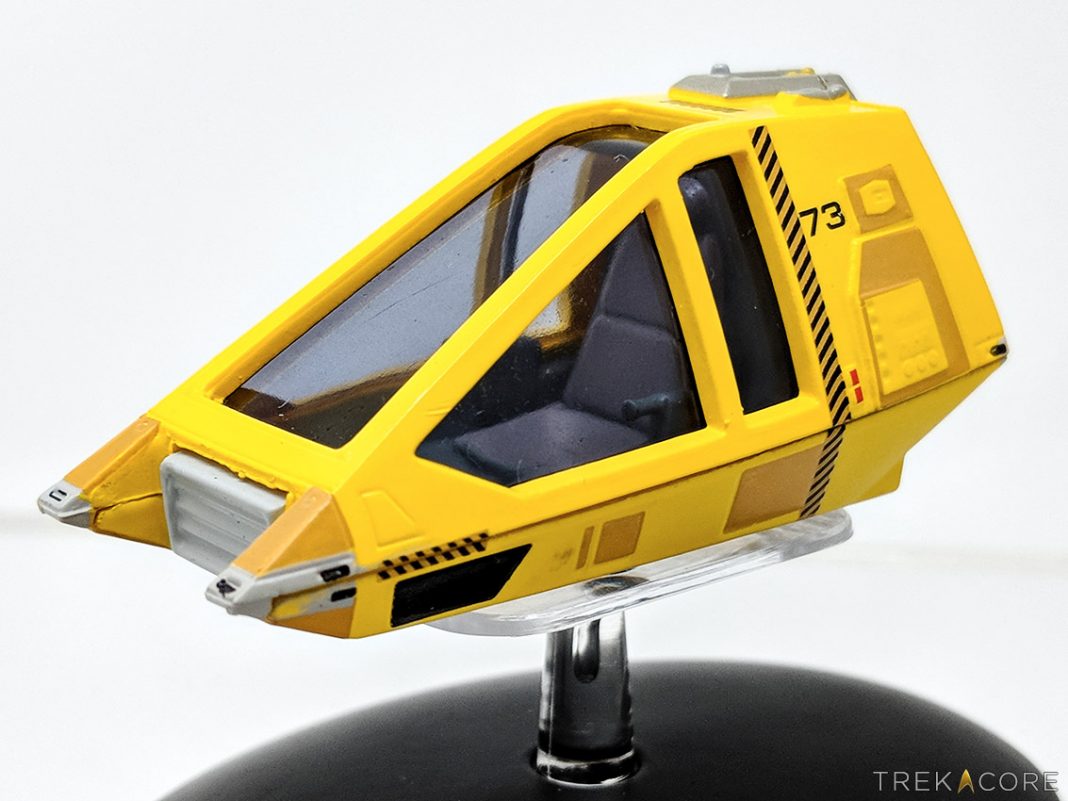
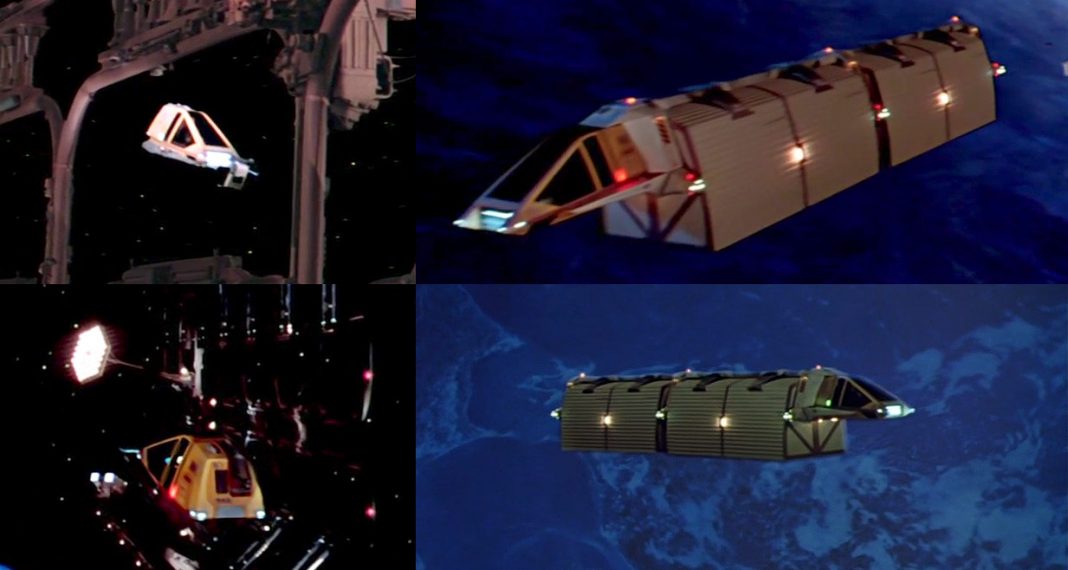

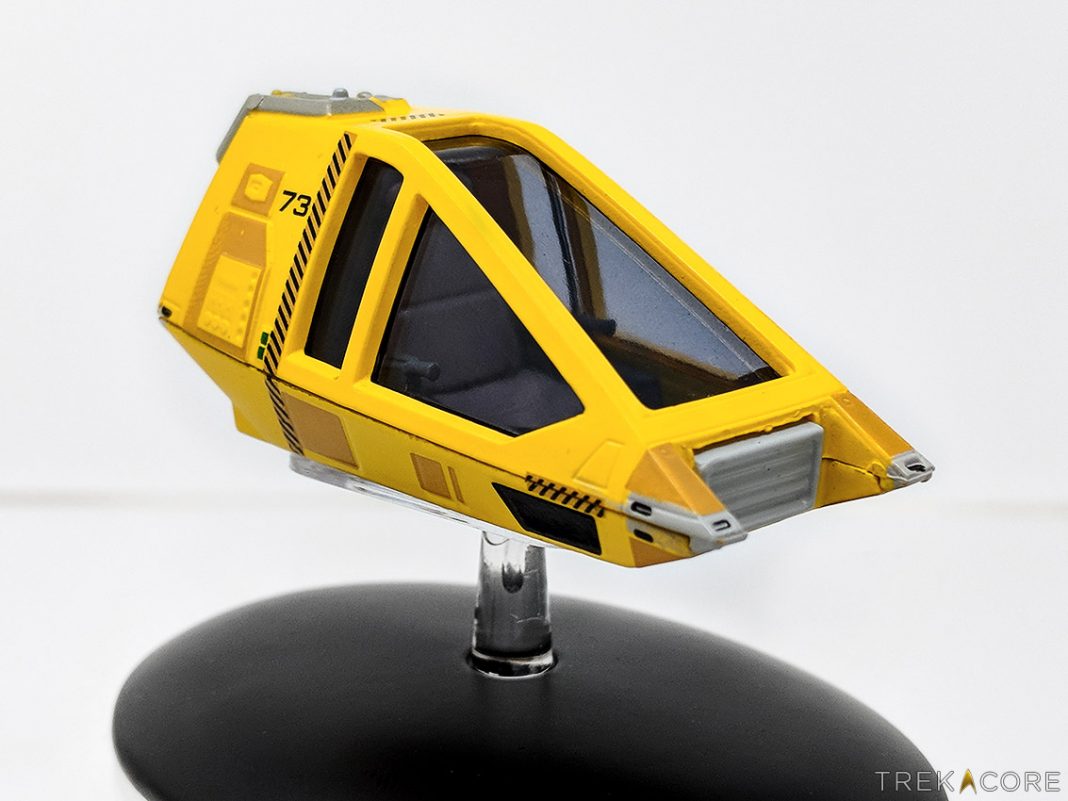
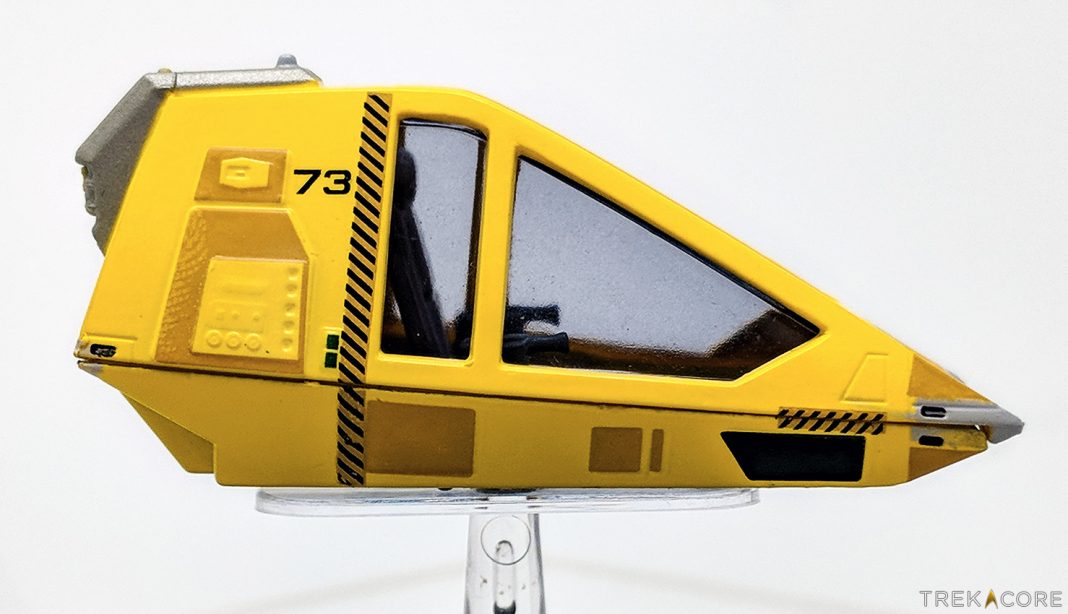
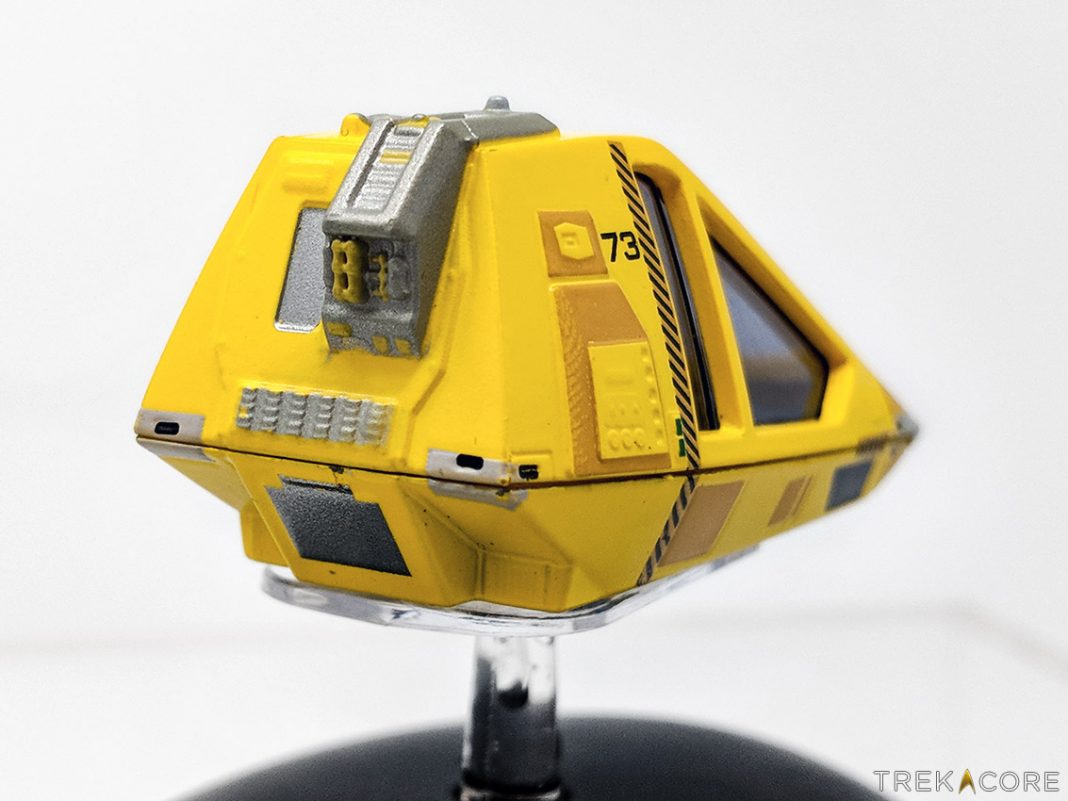
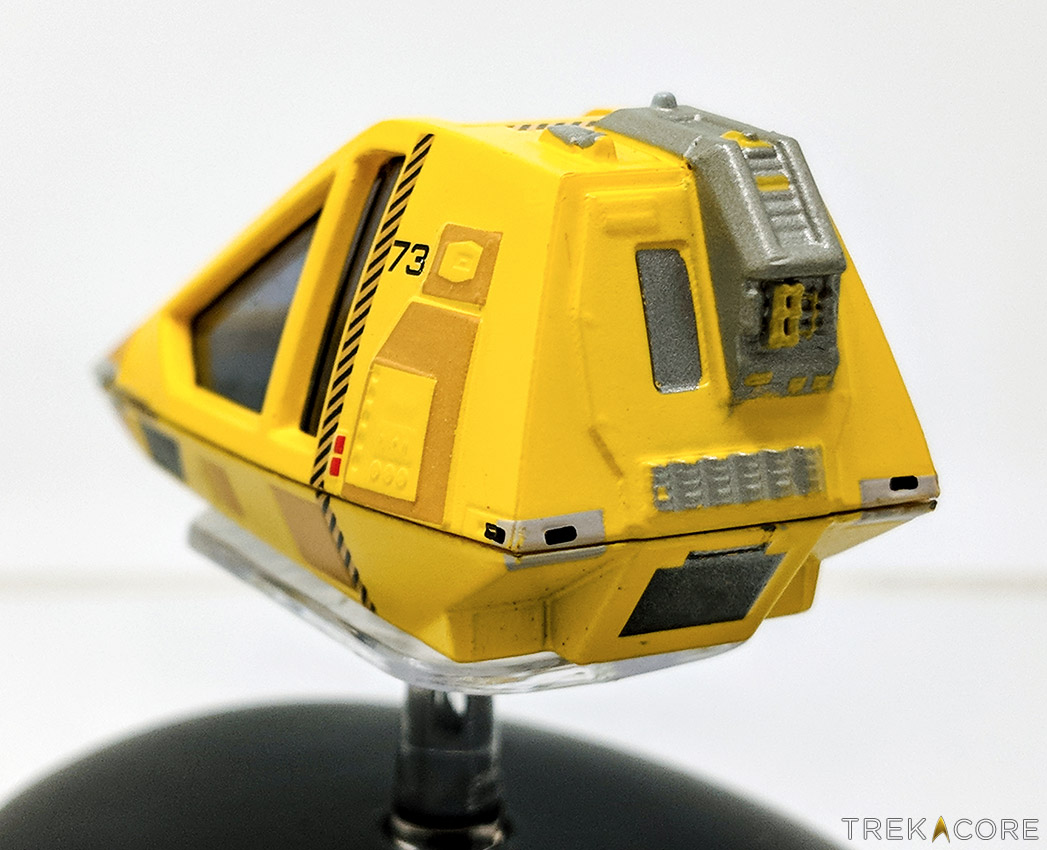
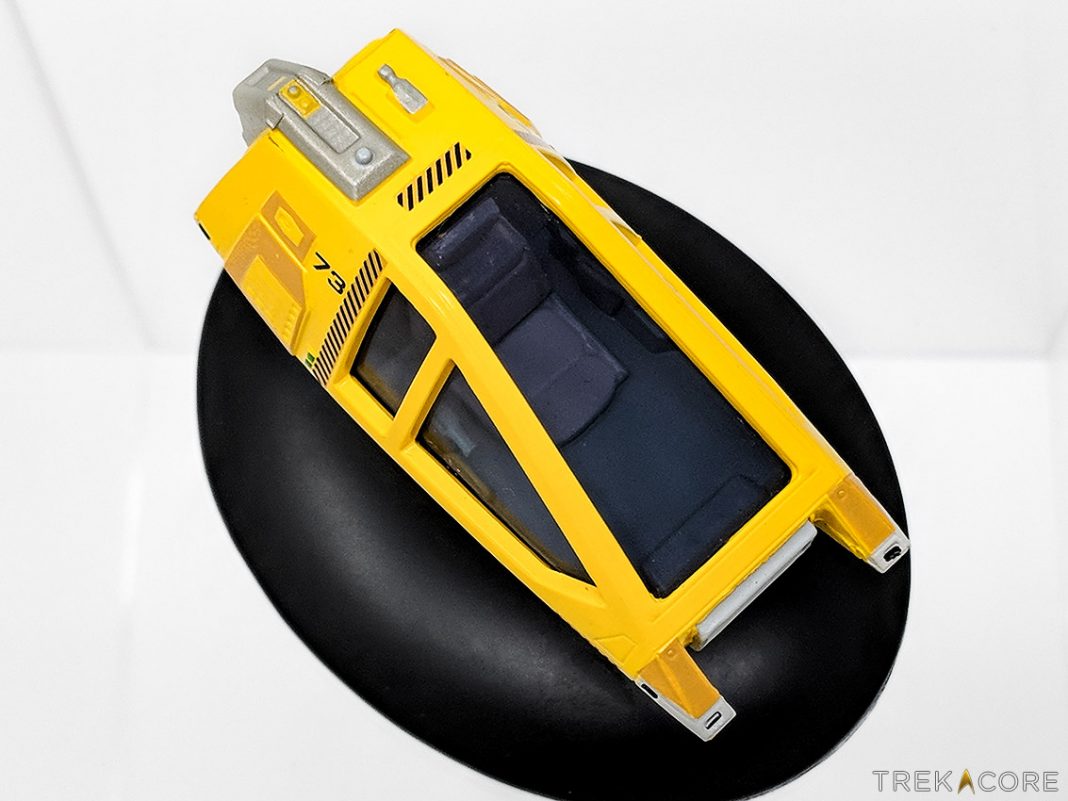
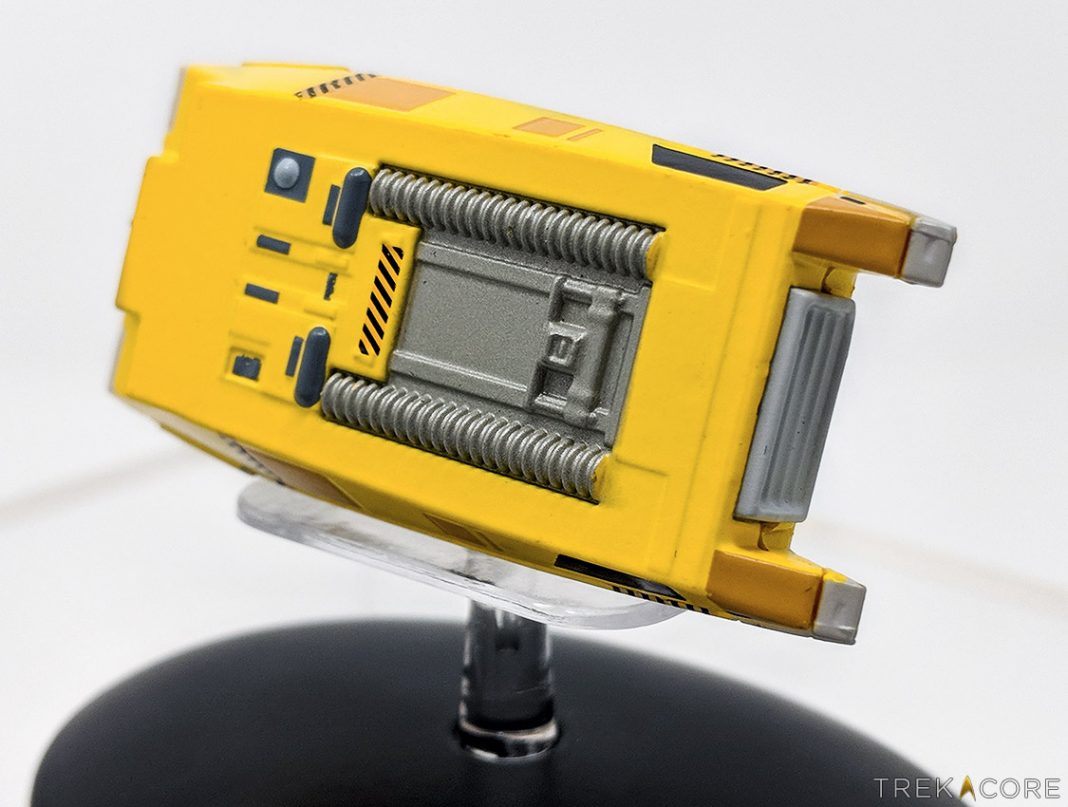

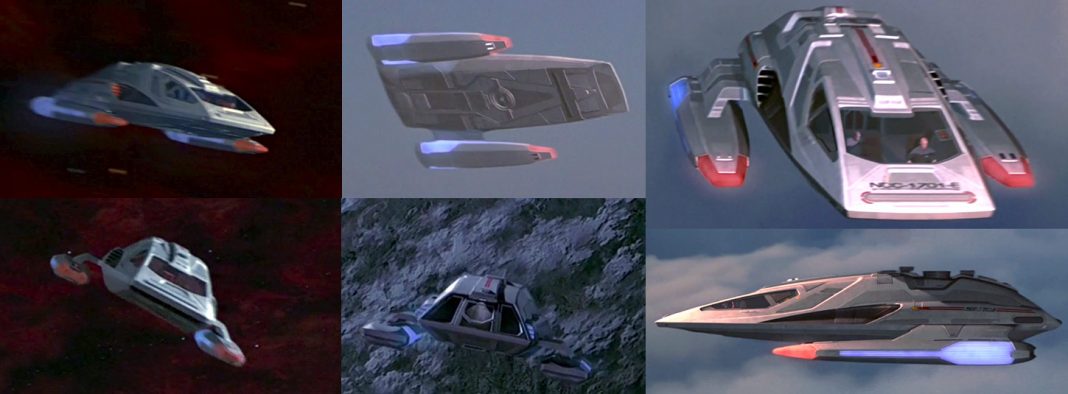
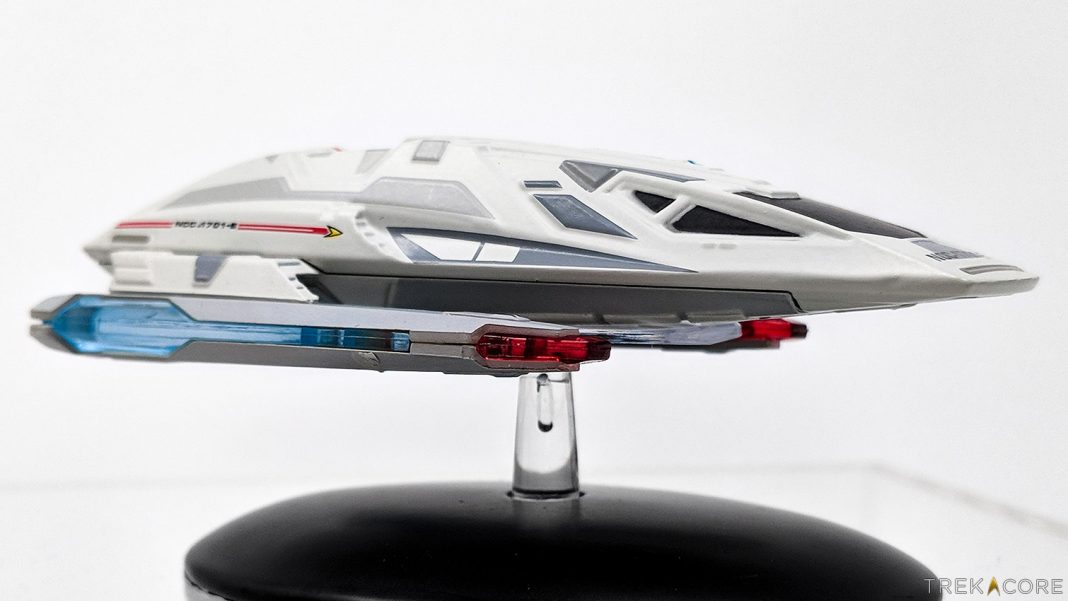
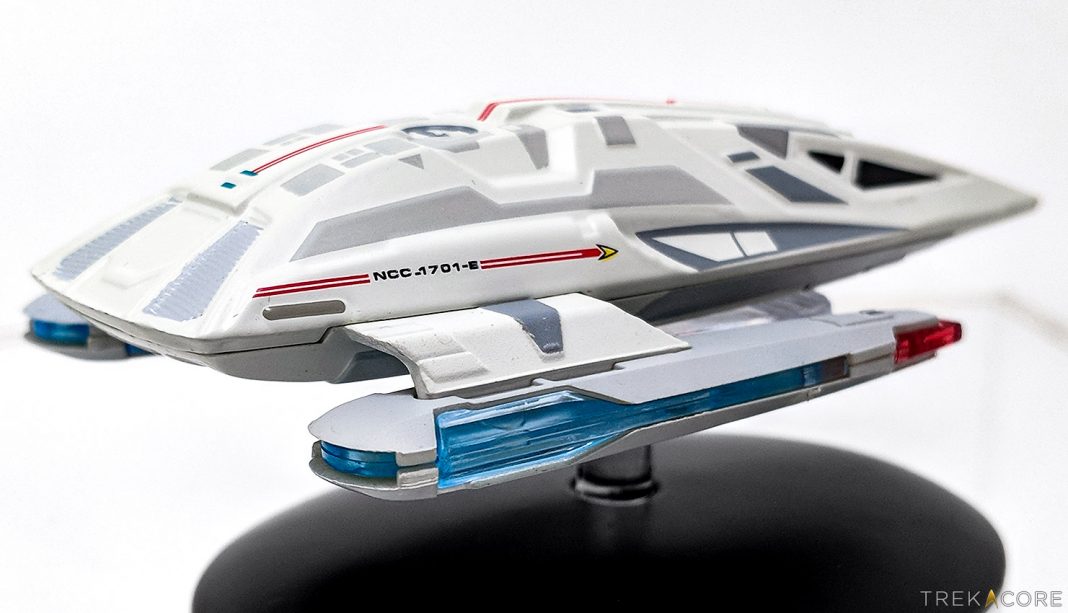


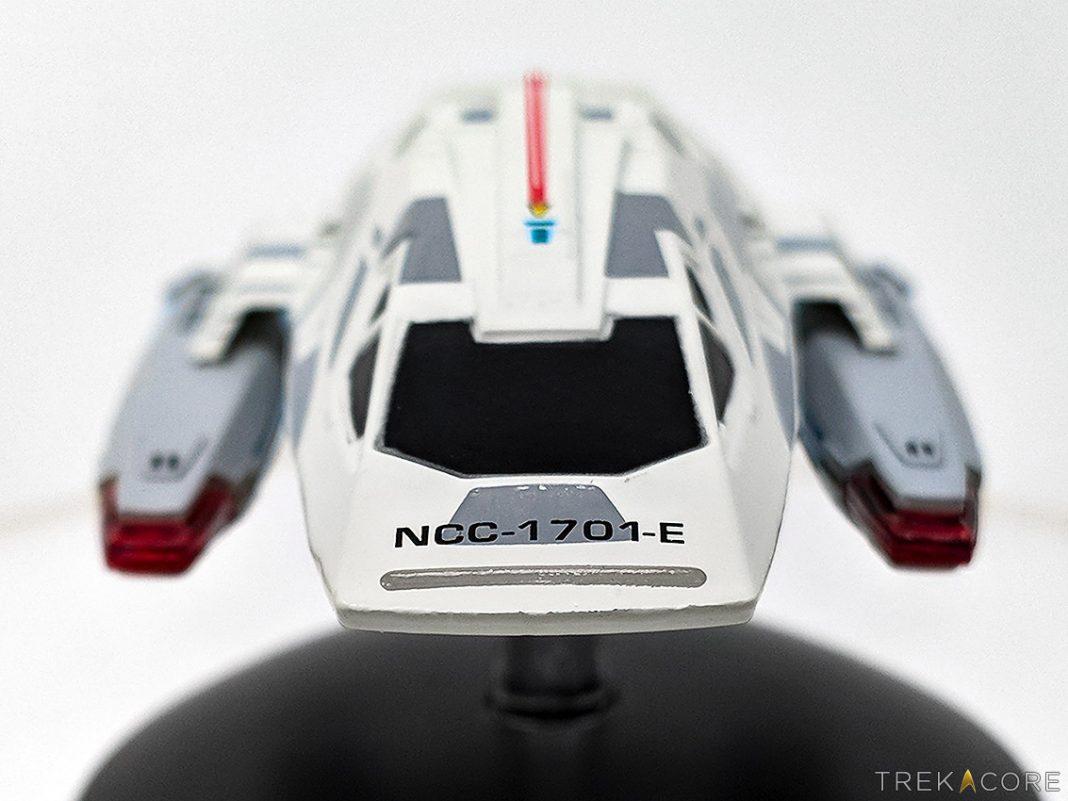
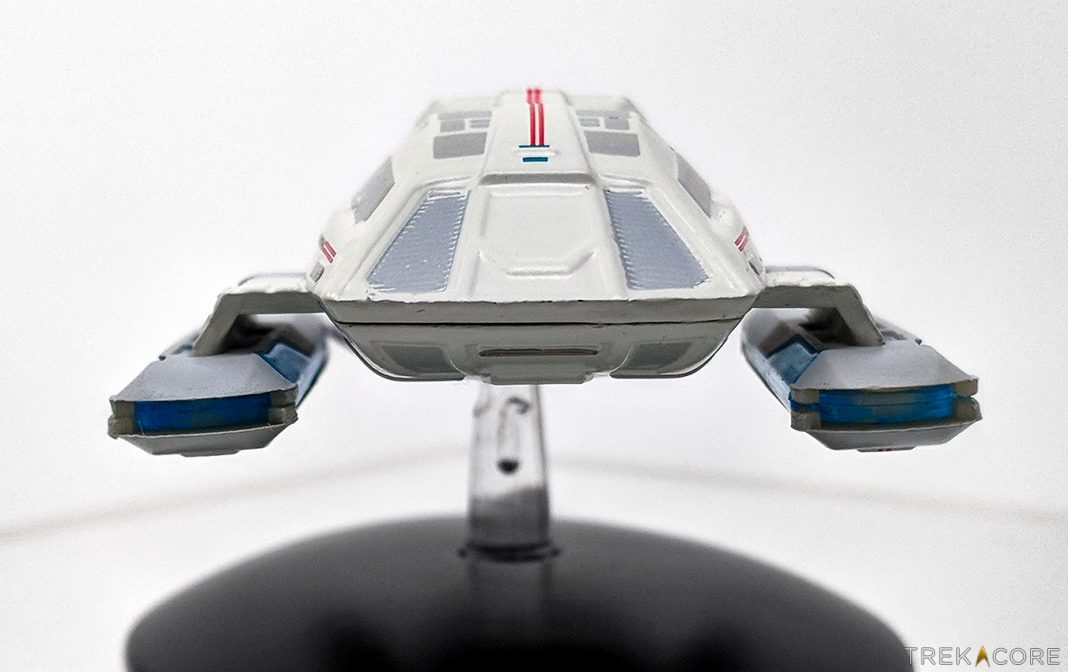
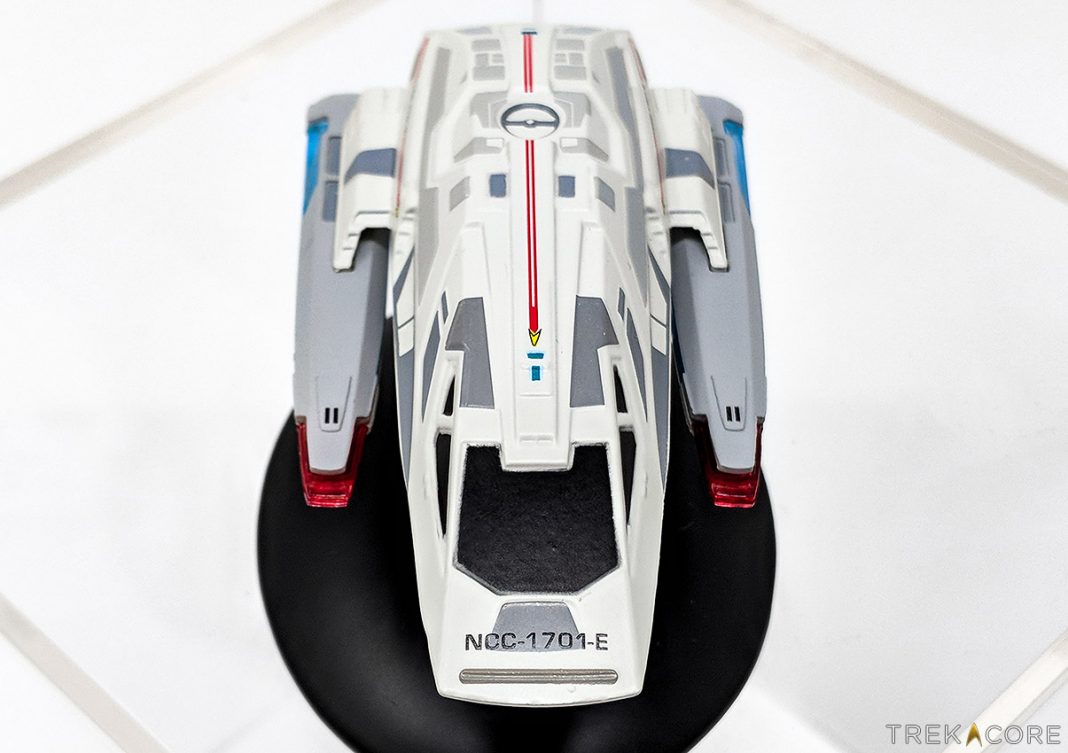


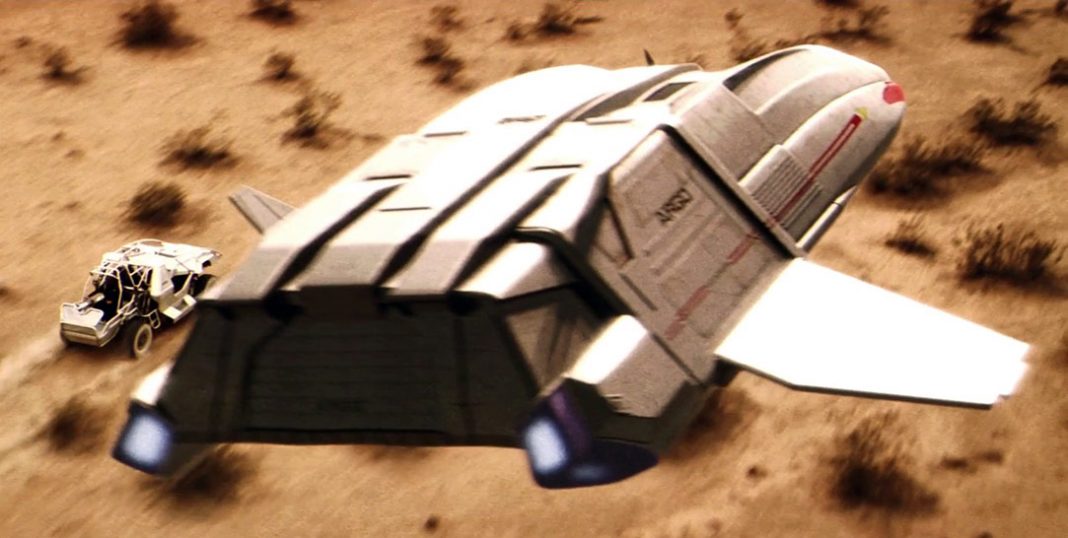
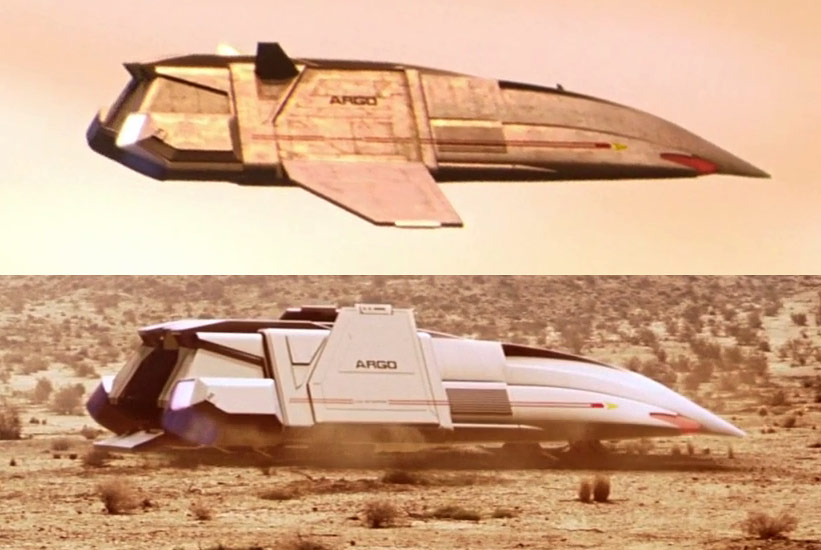
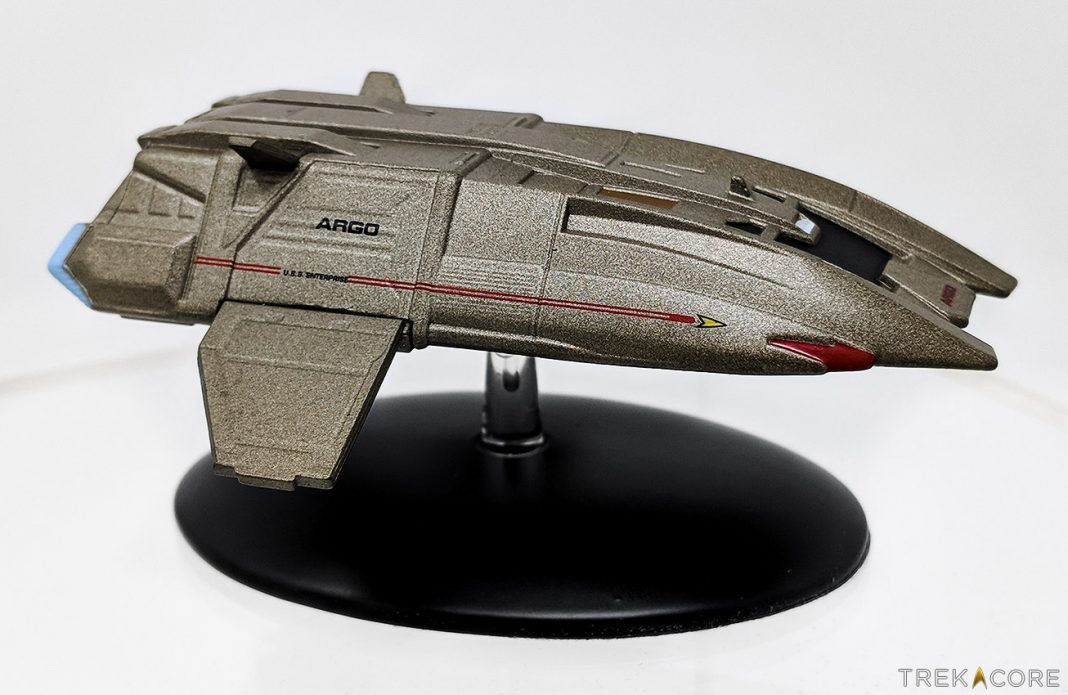
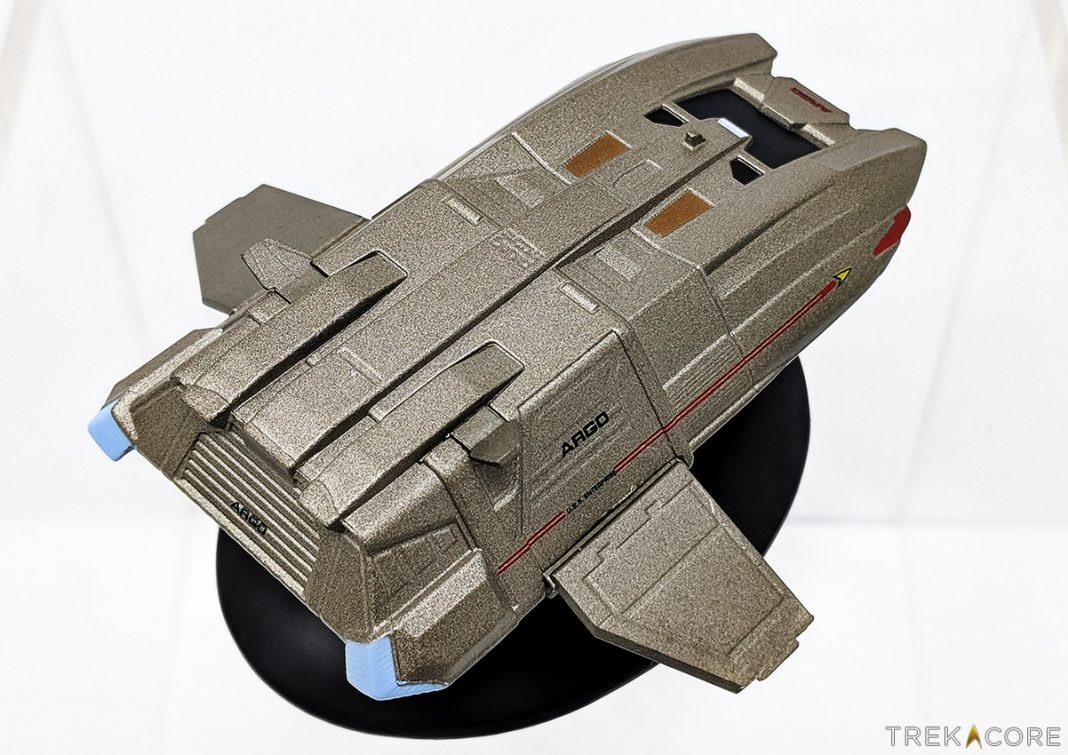

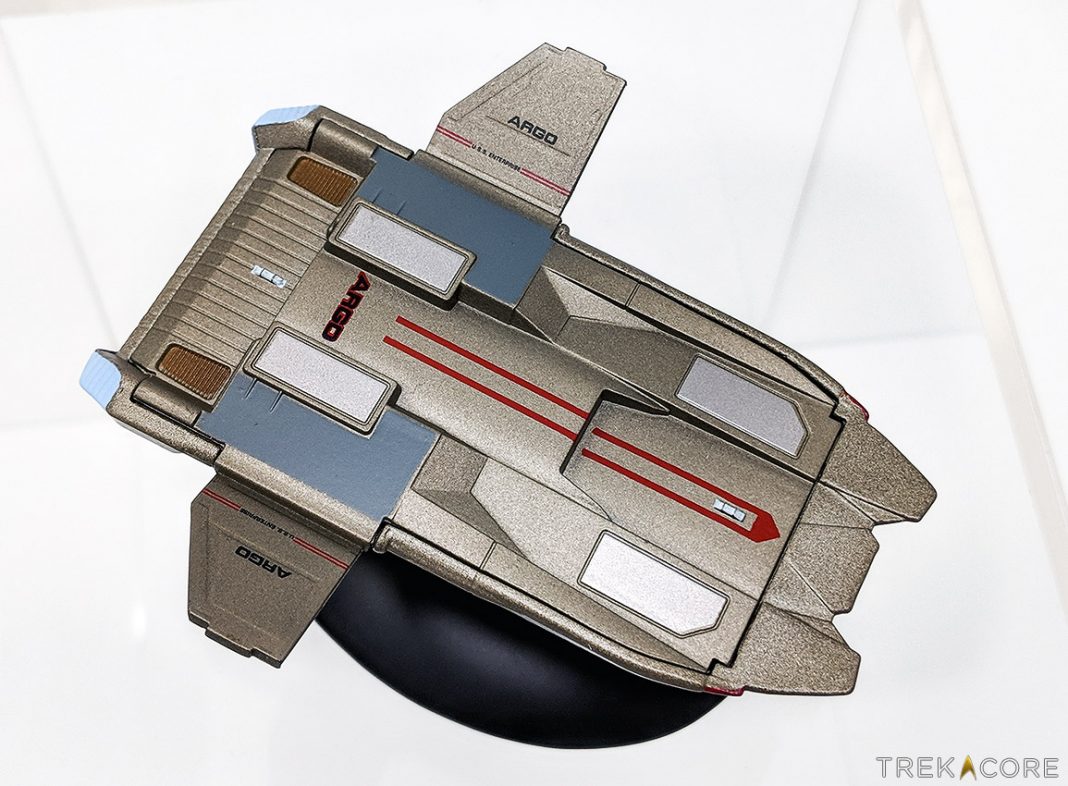
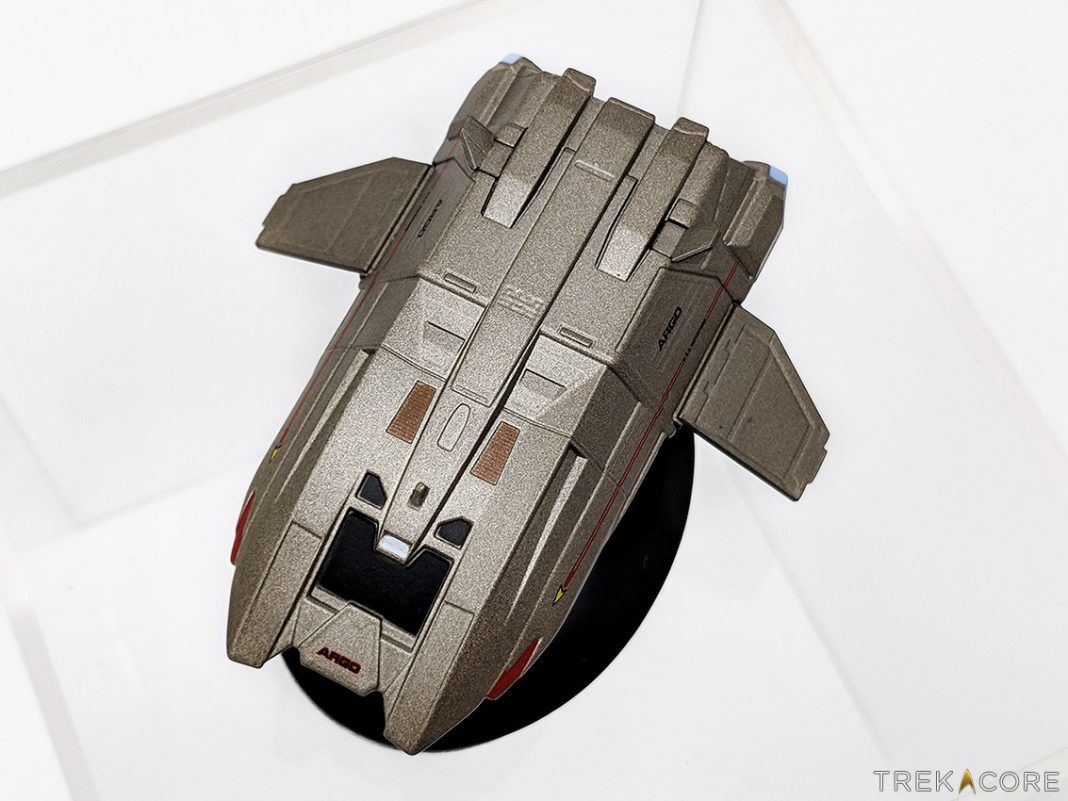
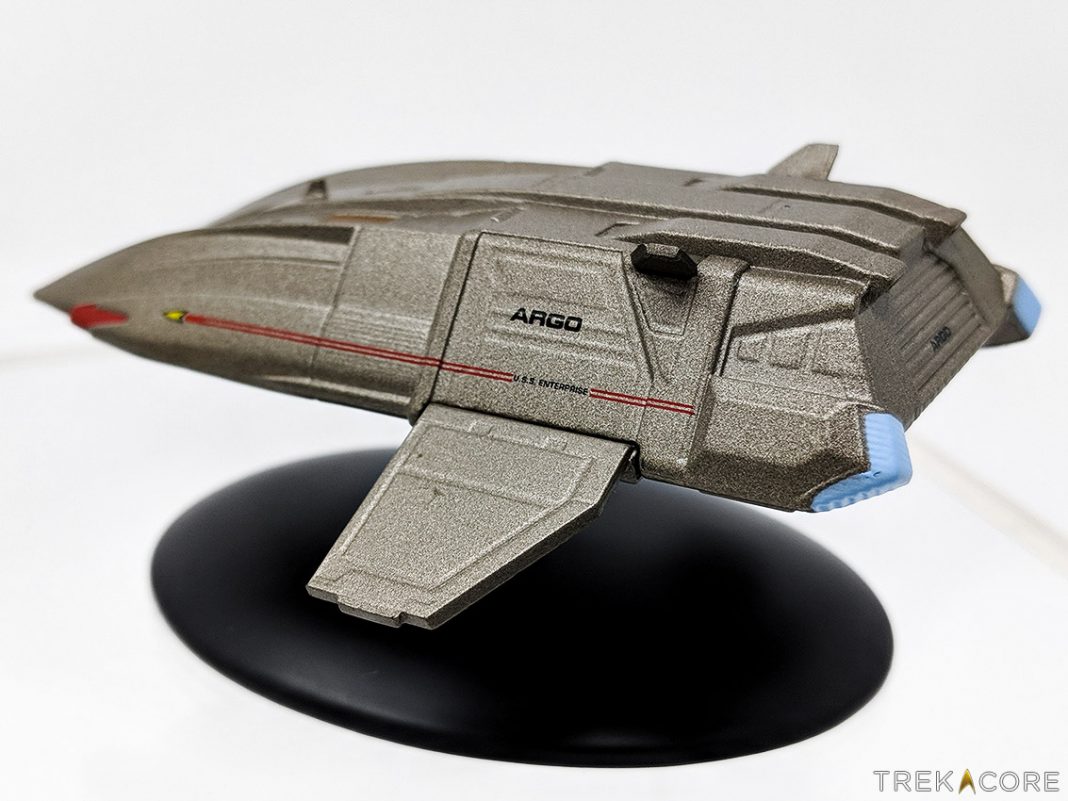
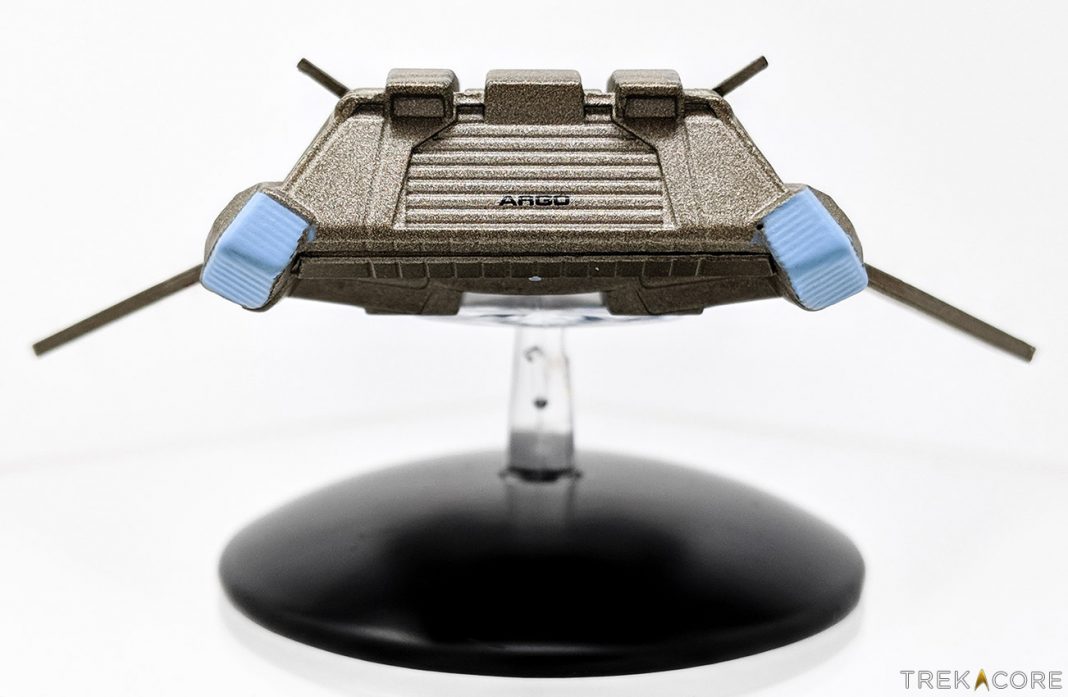
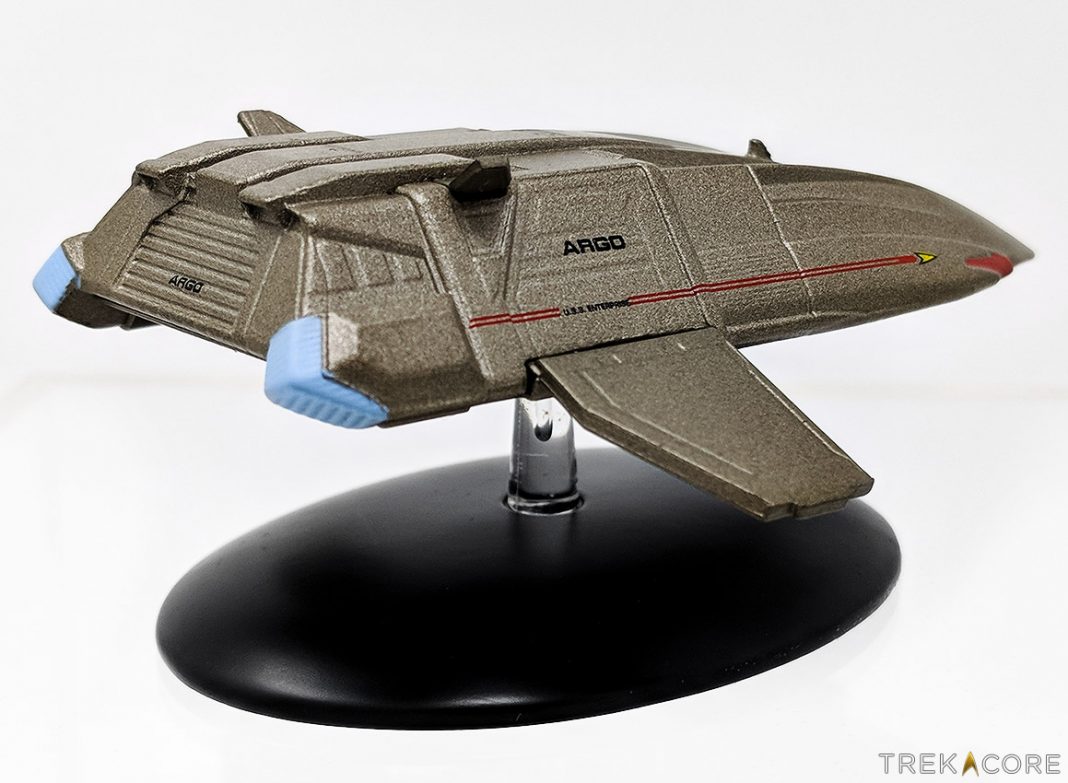
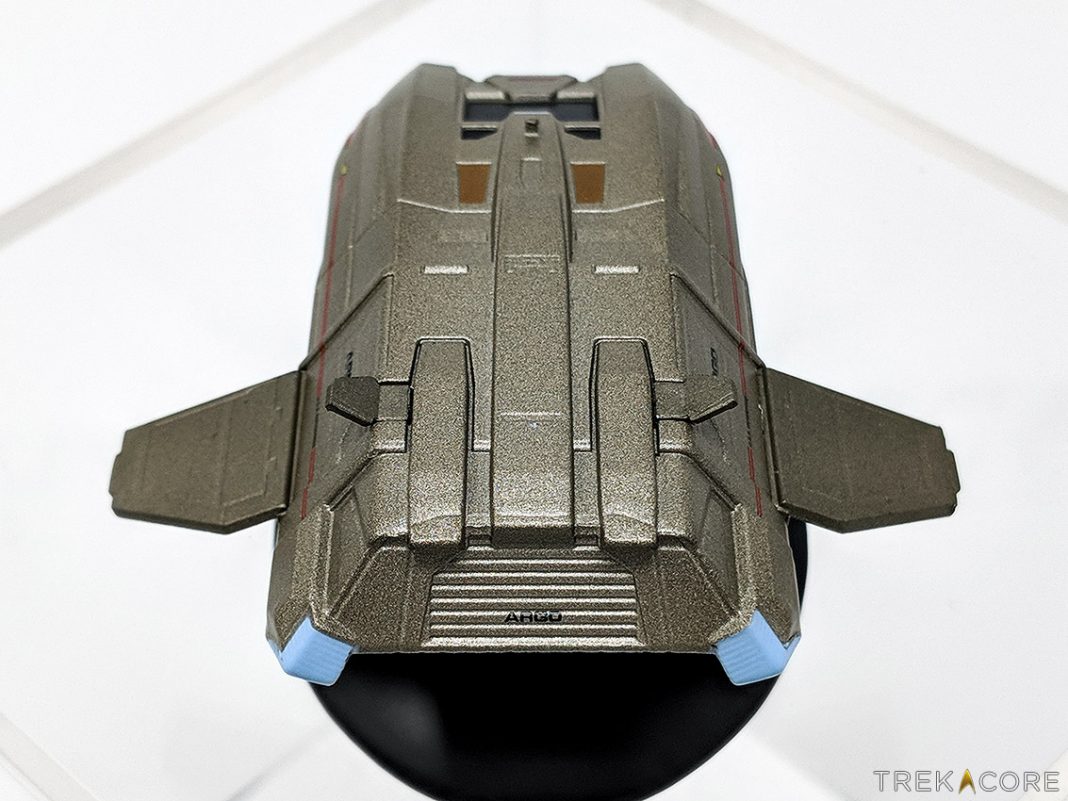
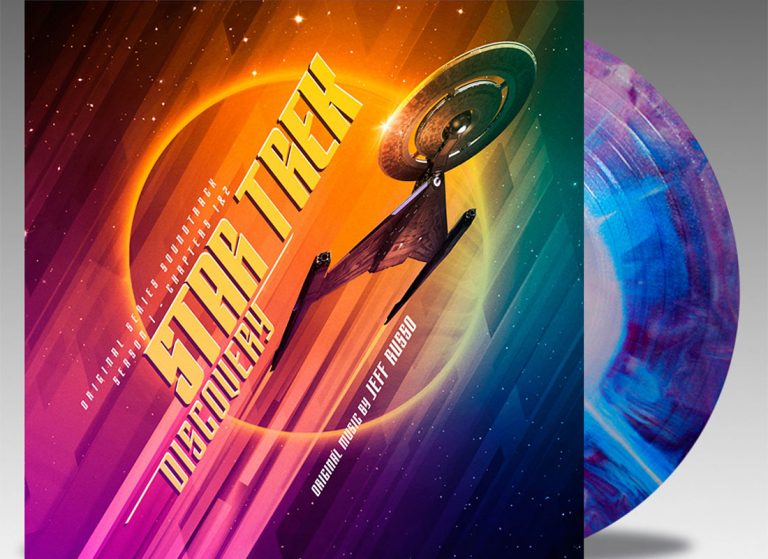
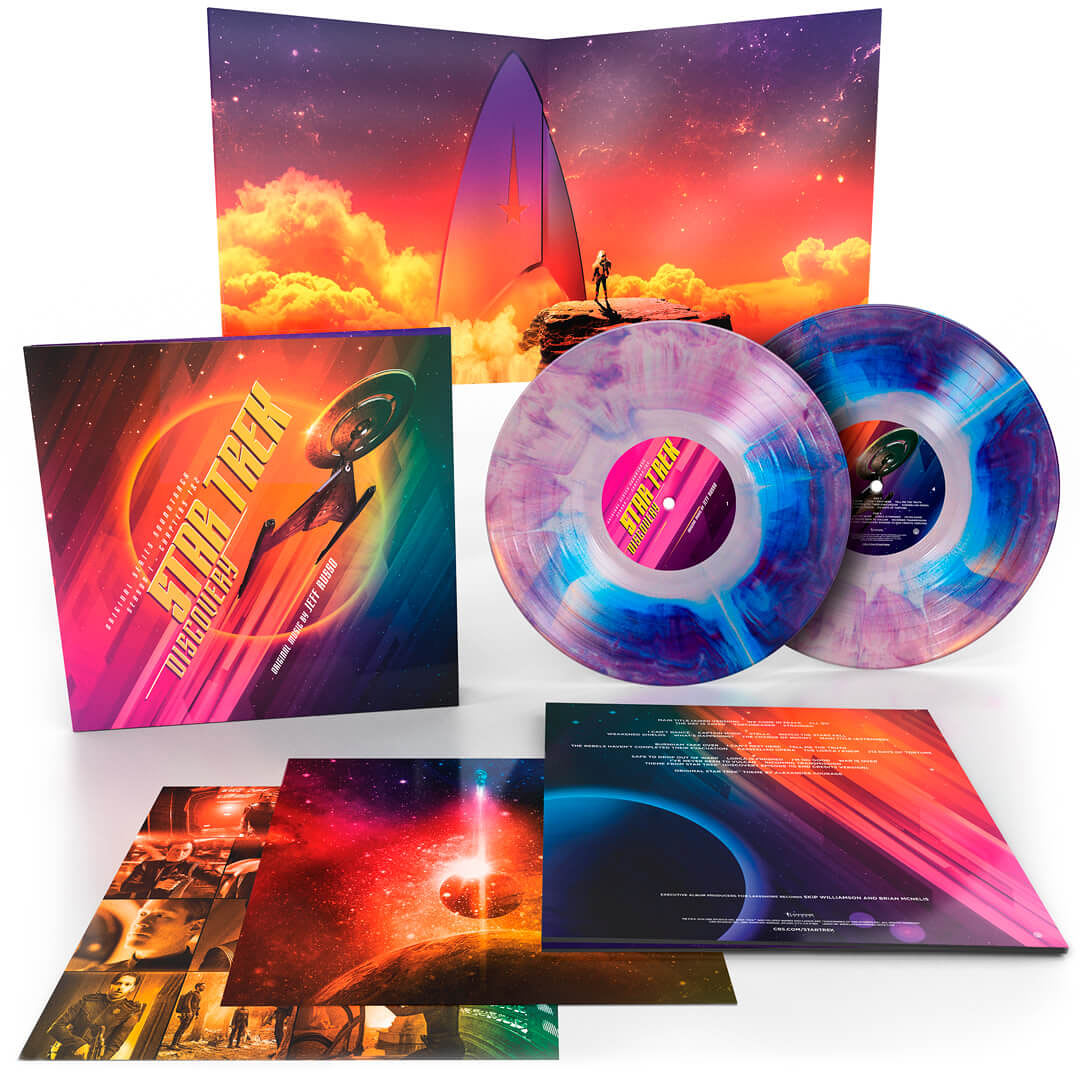
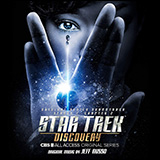 S1 Soundtrack: Chapter 1
S1 Soundtrack: Chapter 1

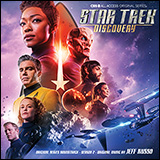 S2 Soundtrack
S2 Soundtrack